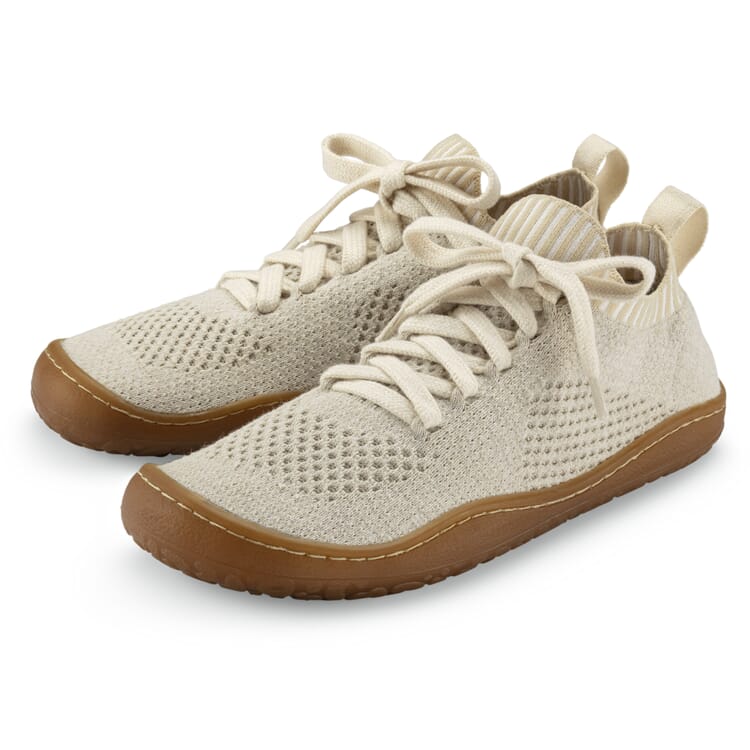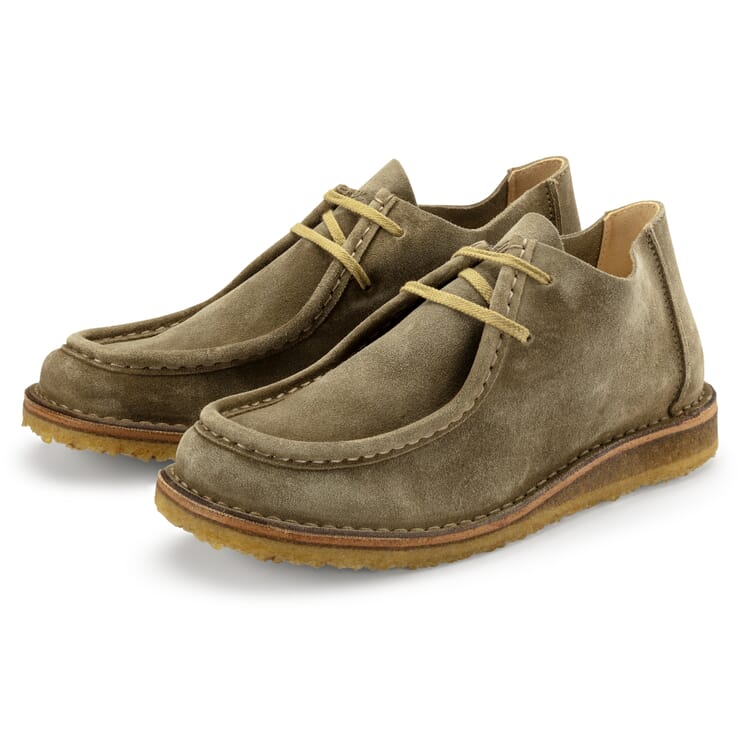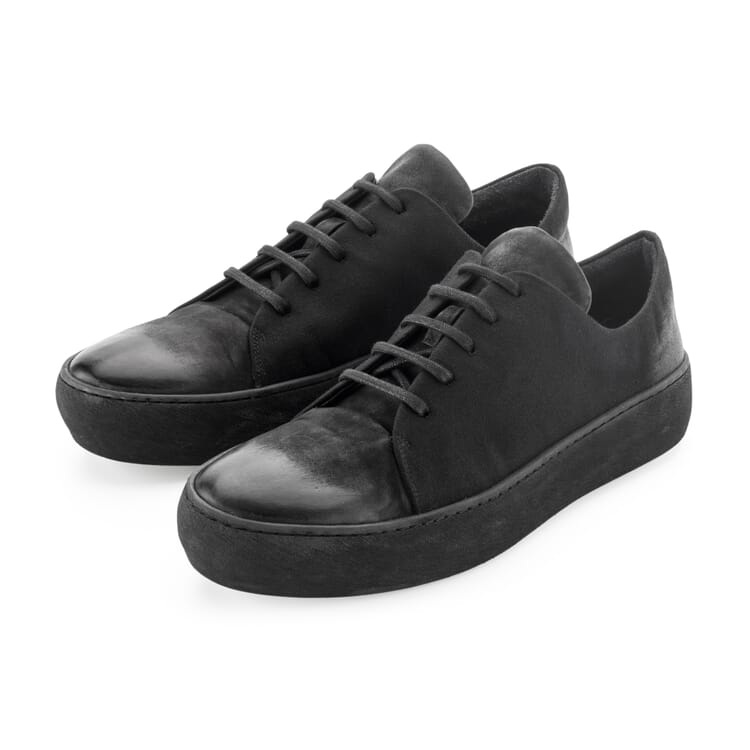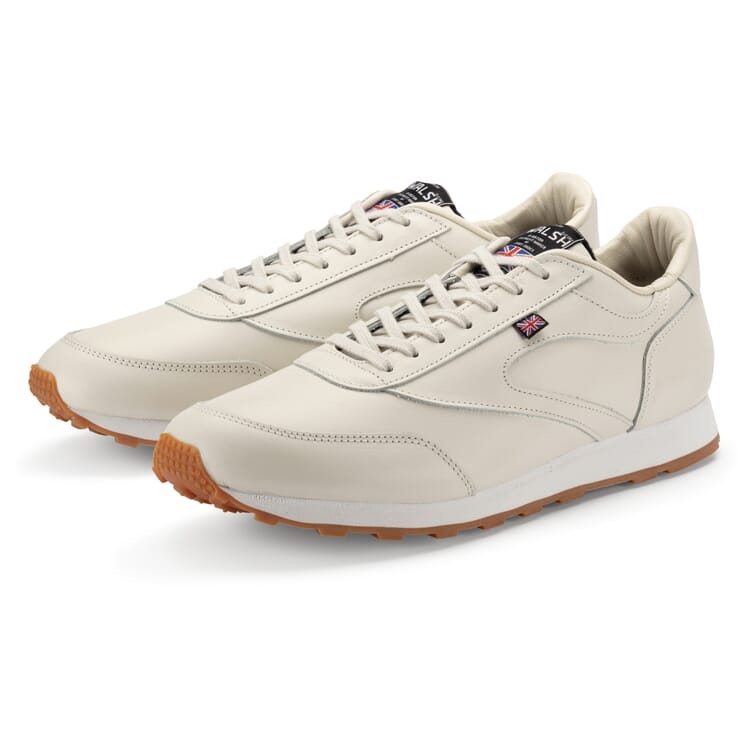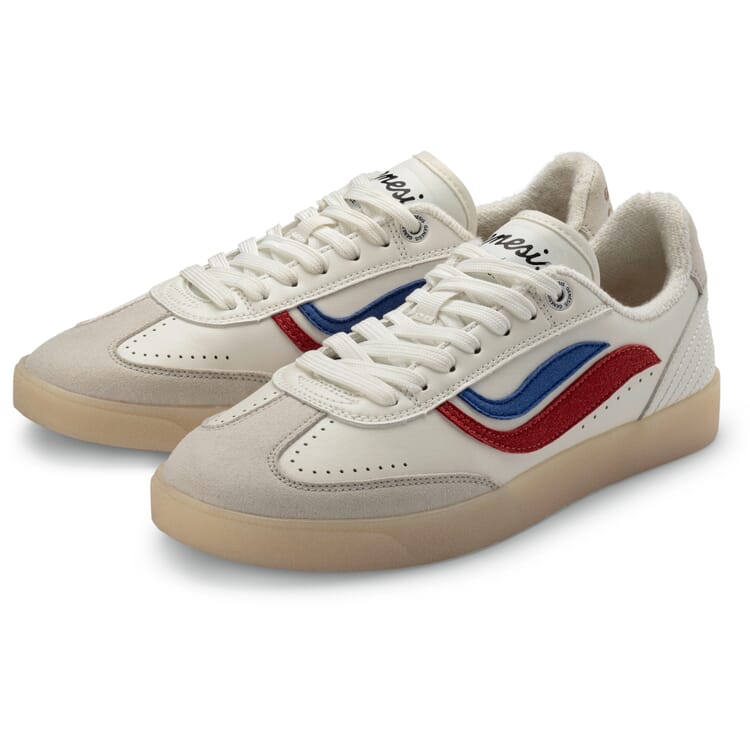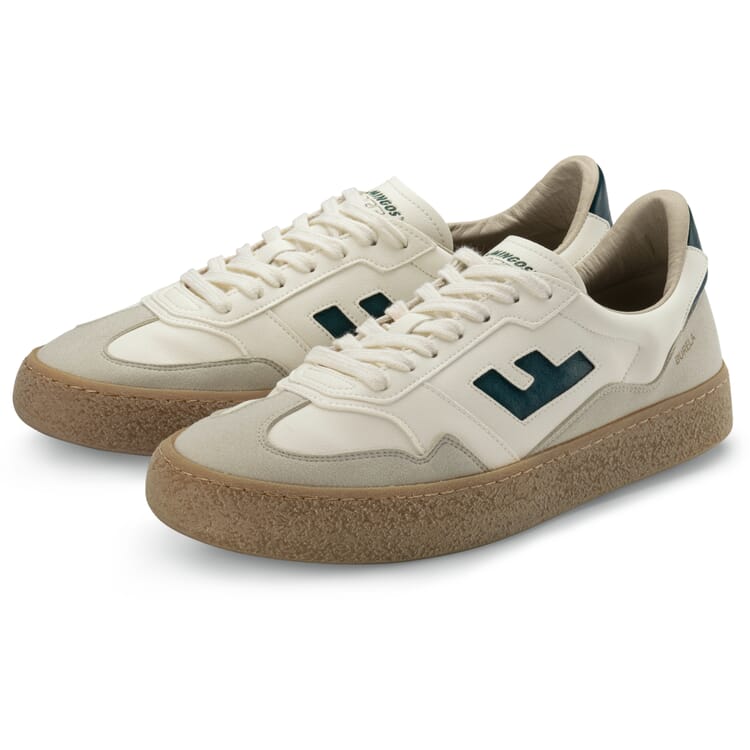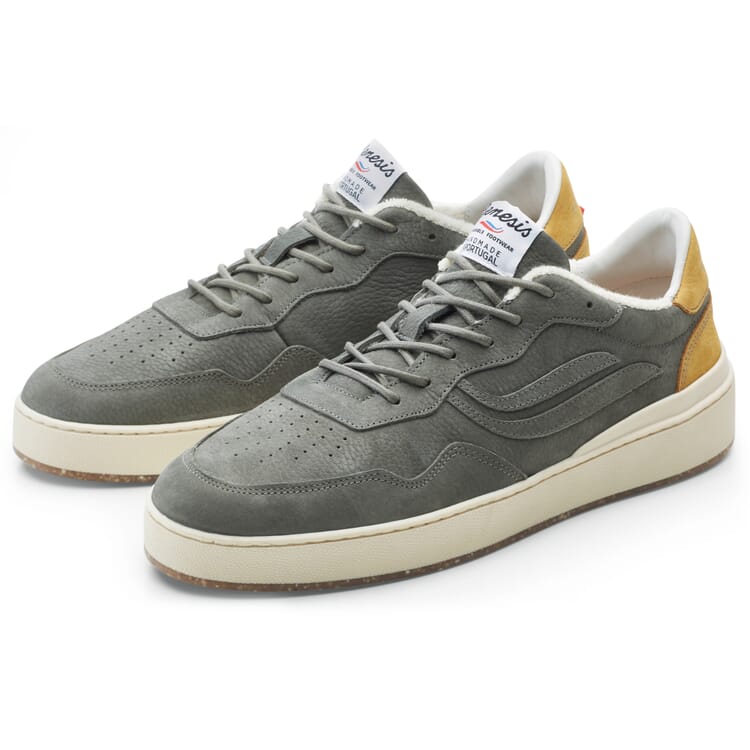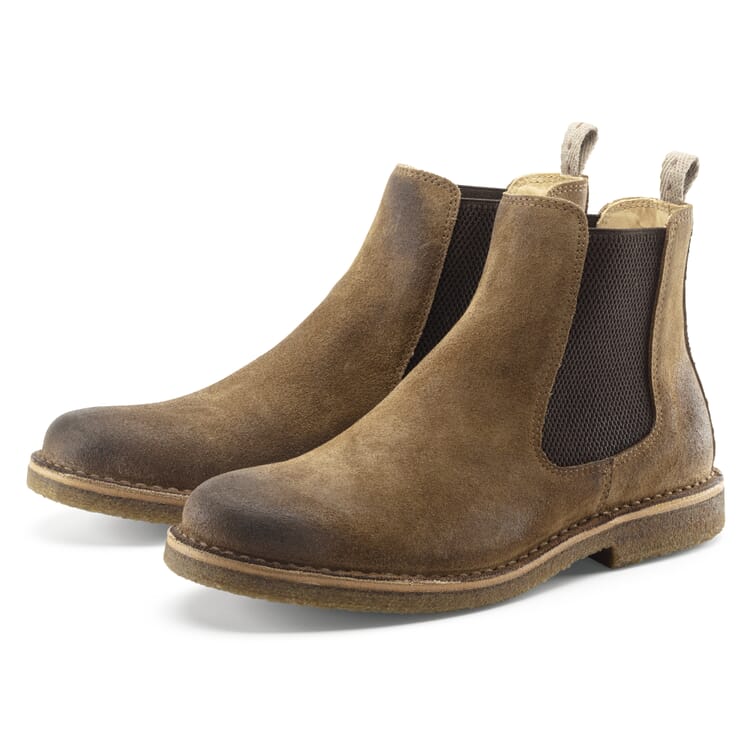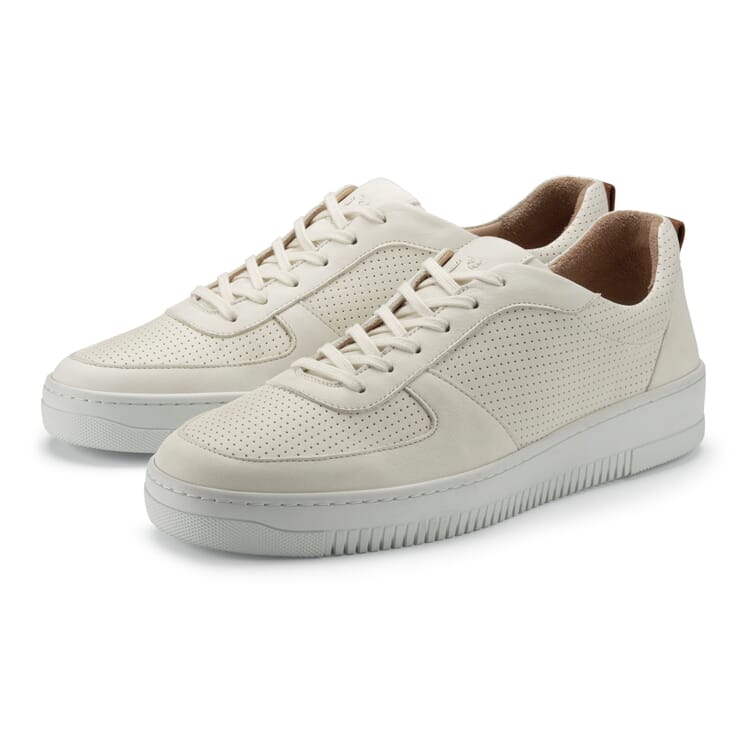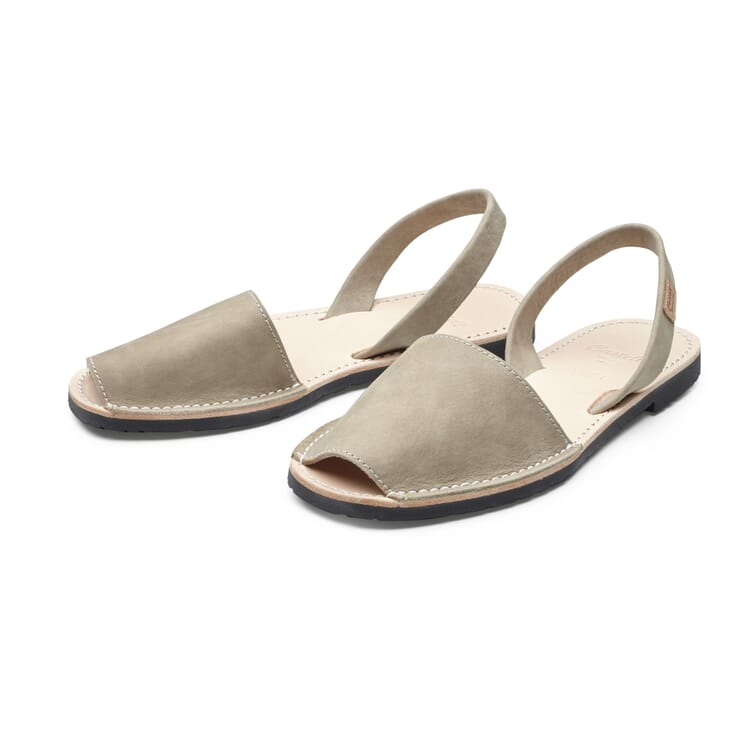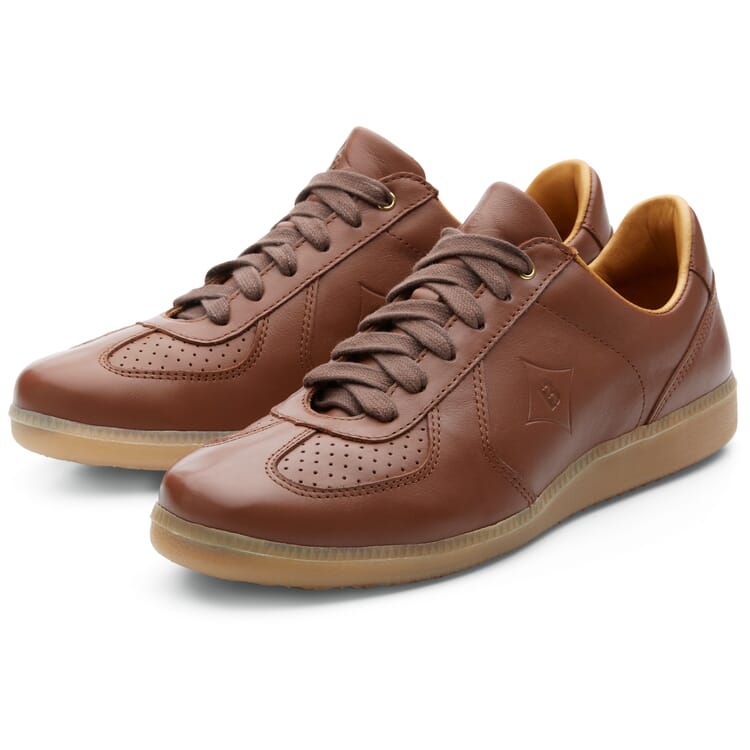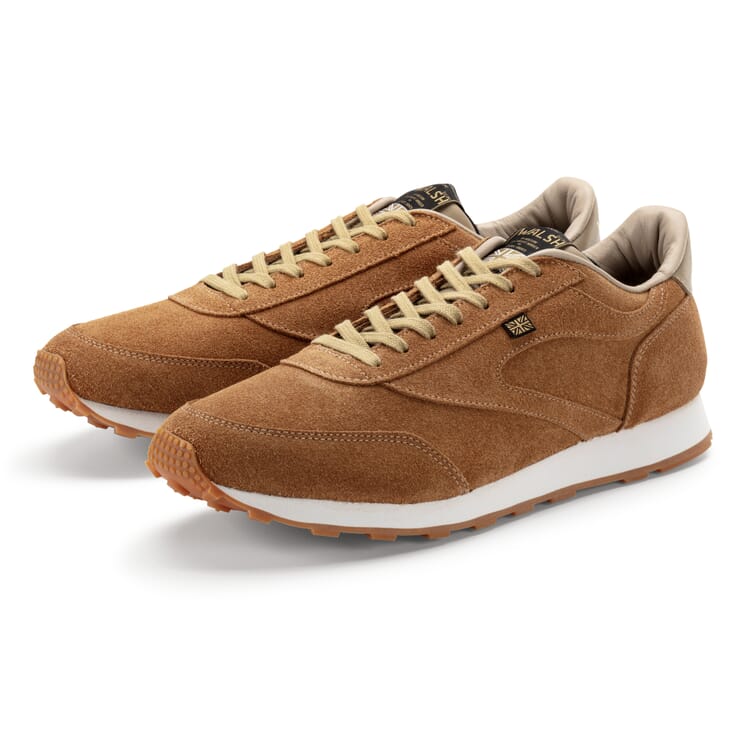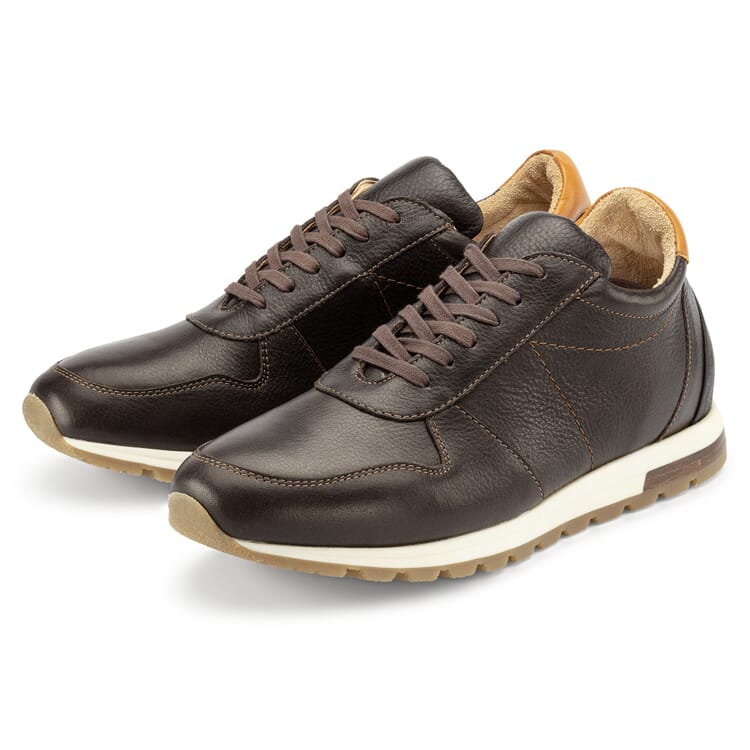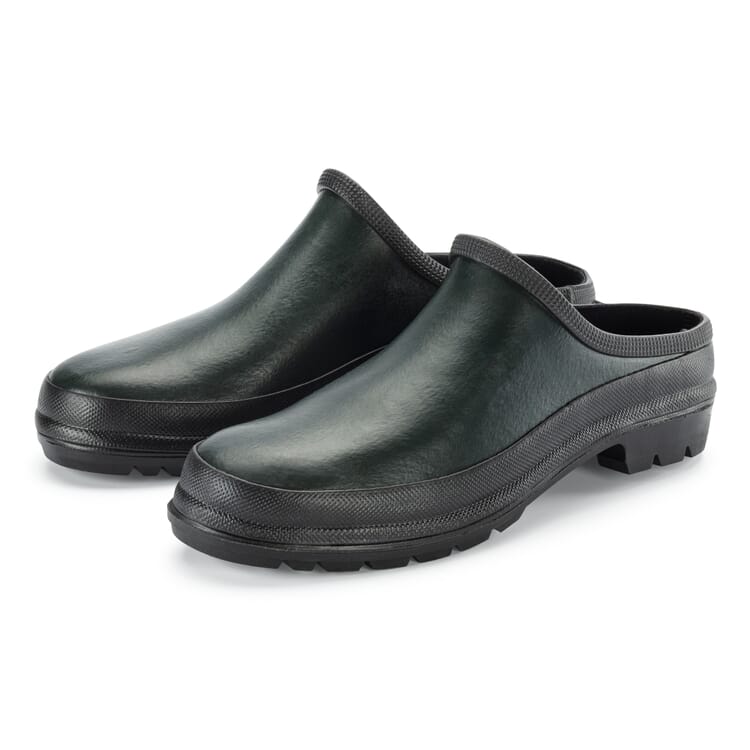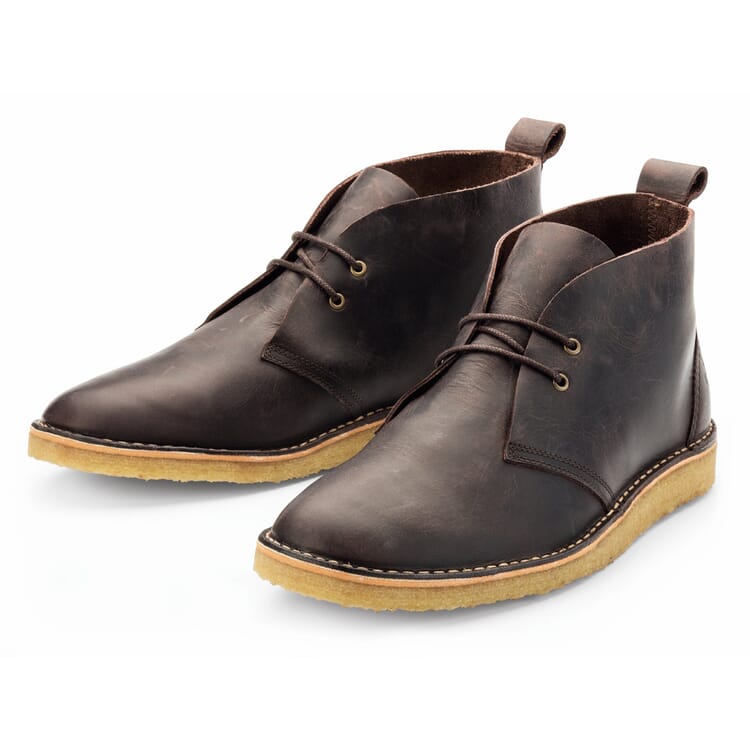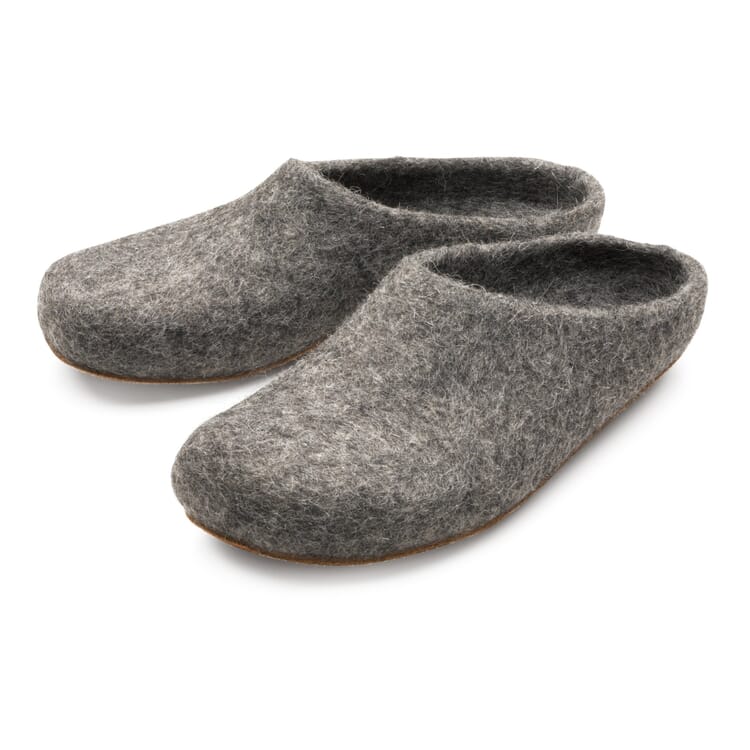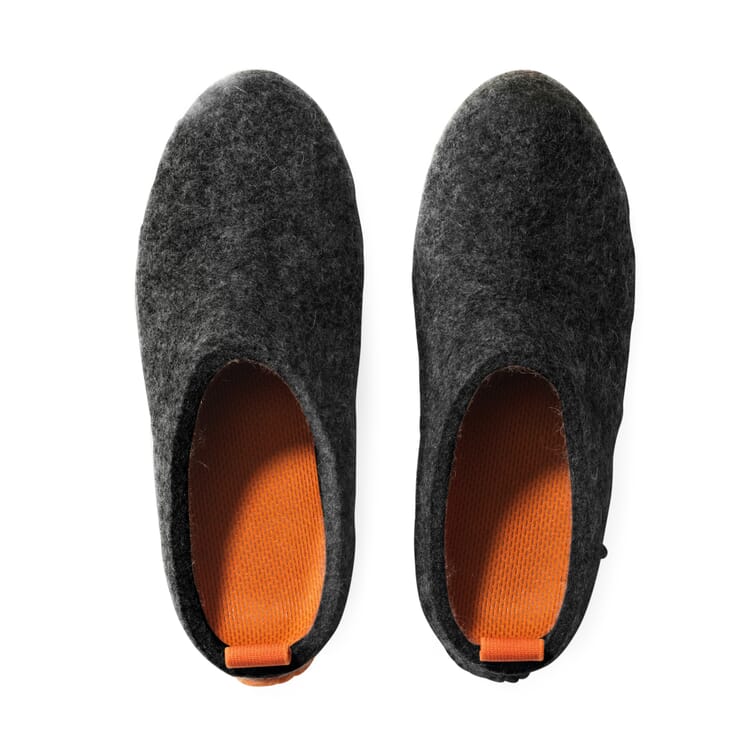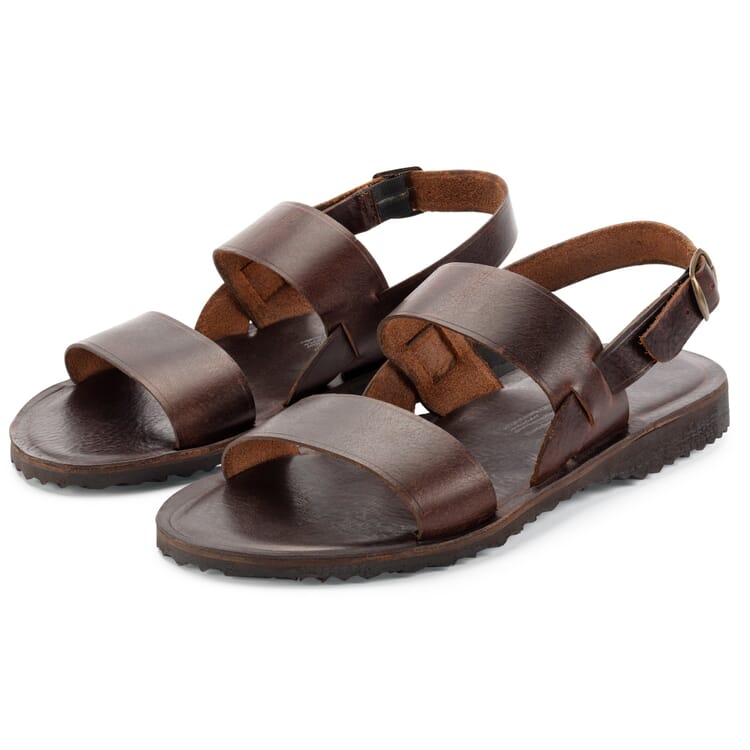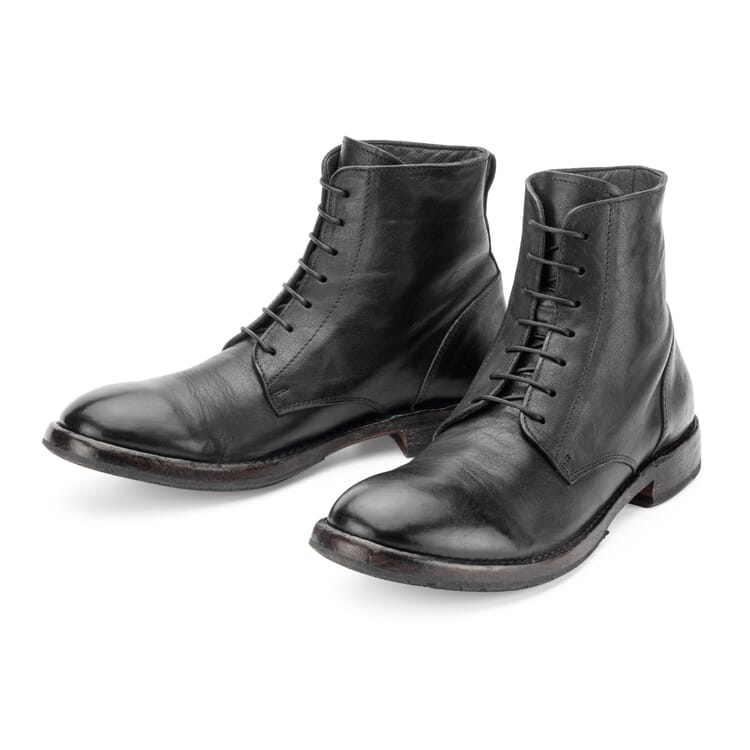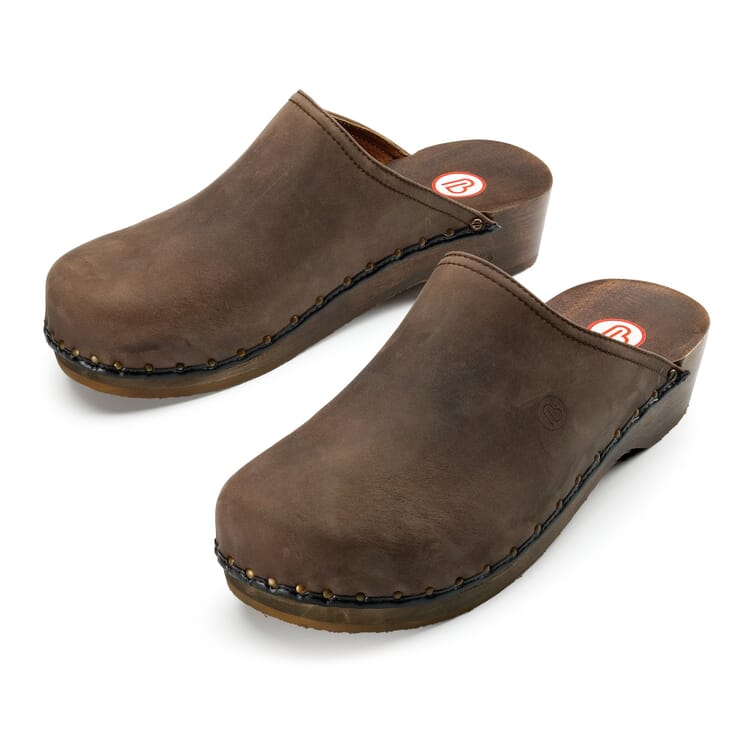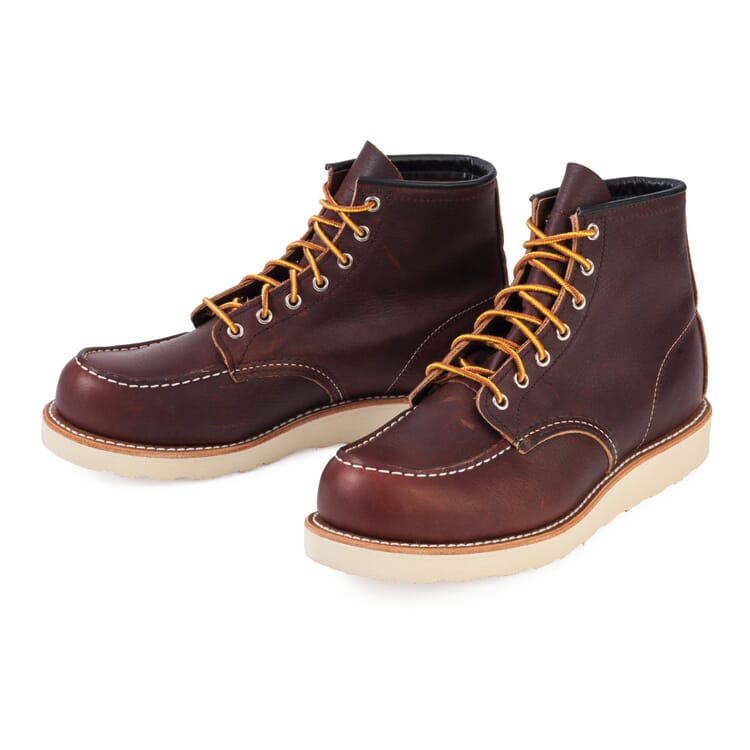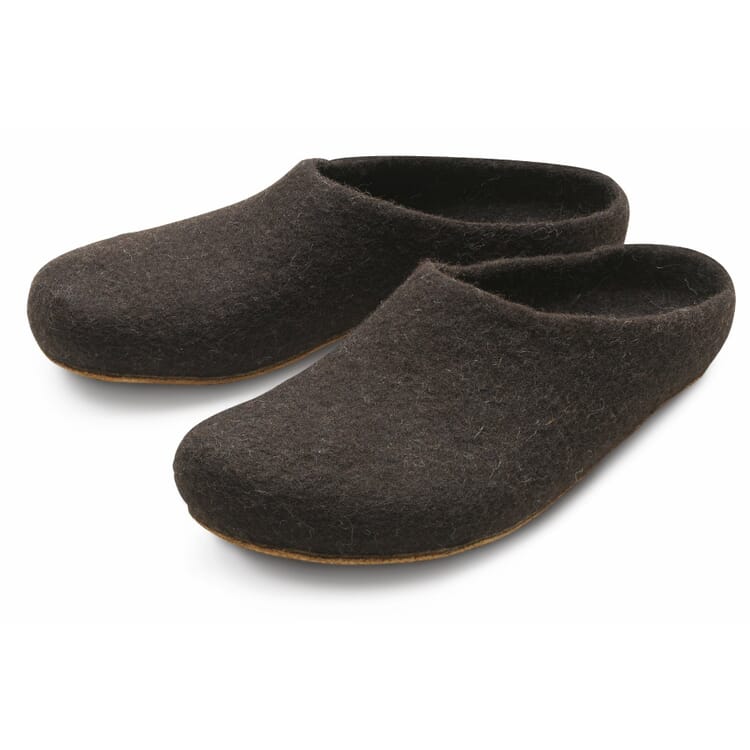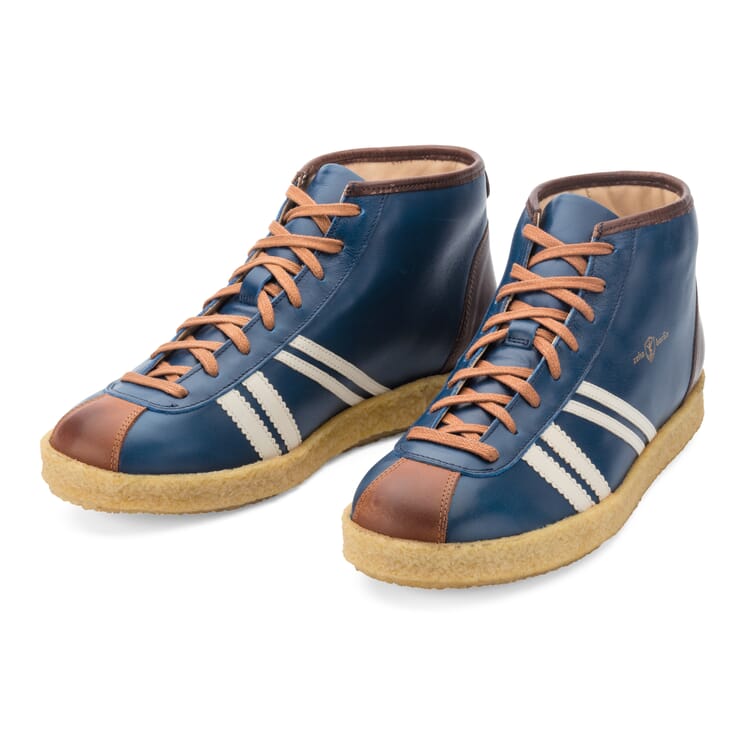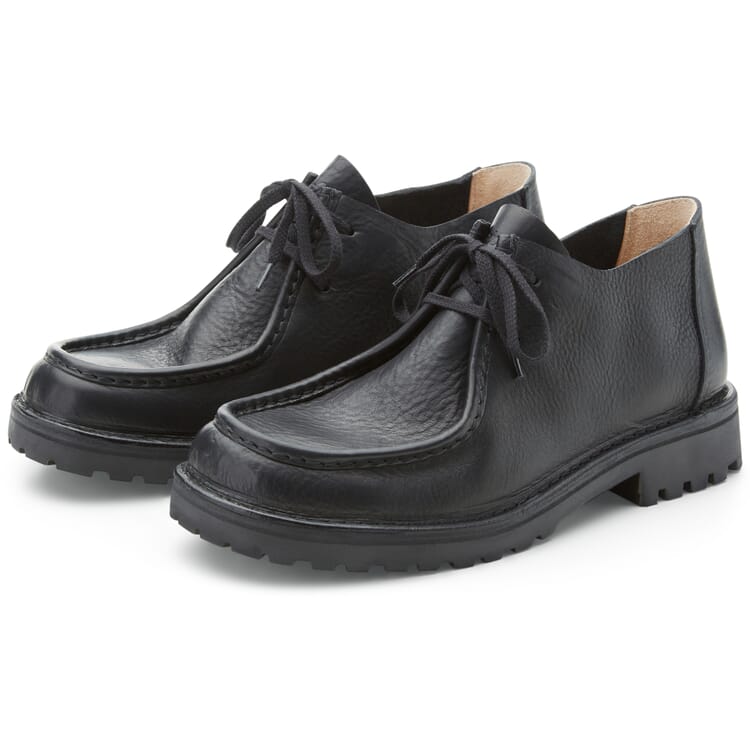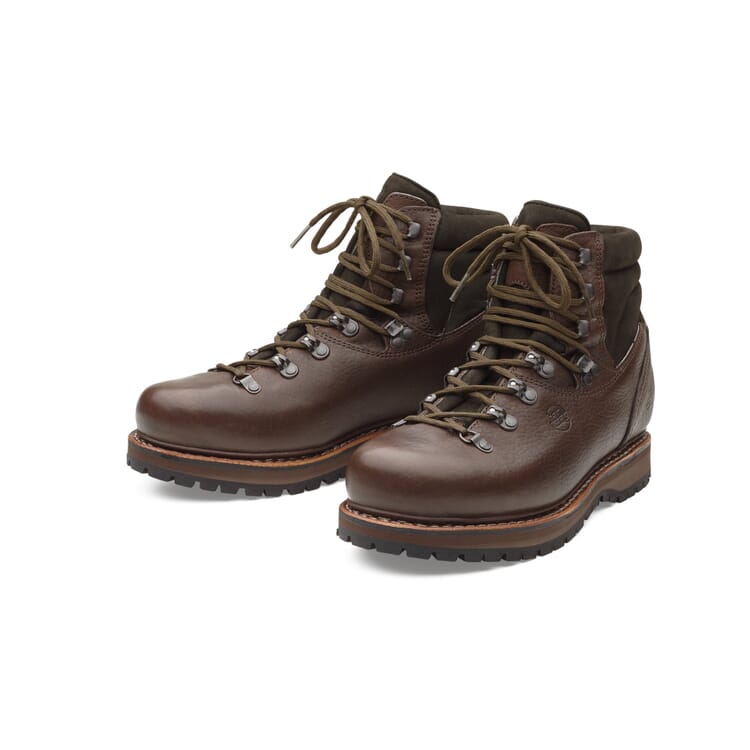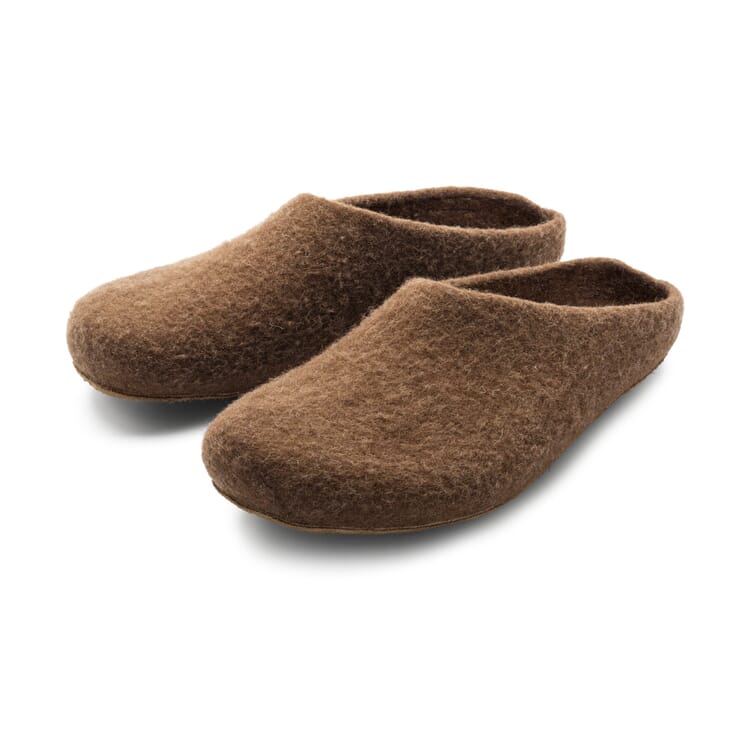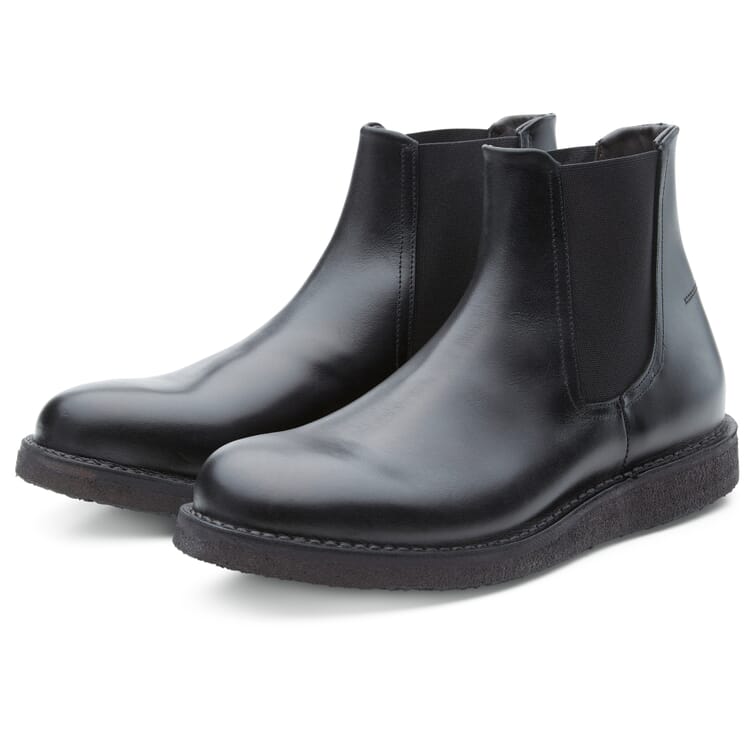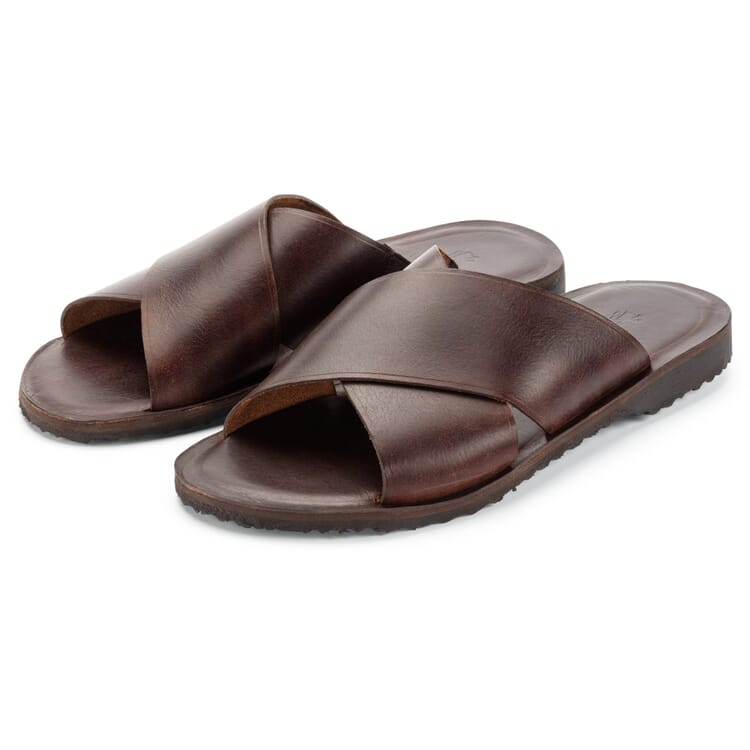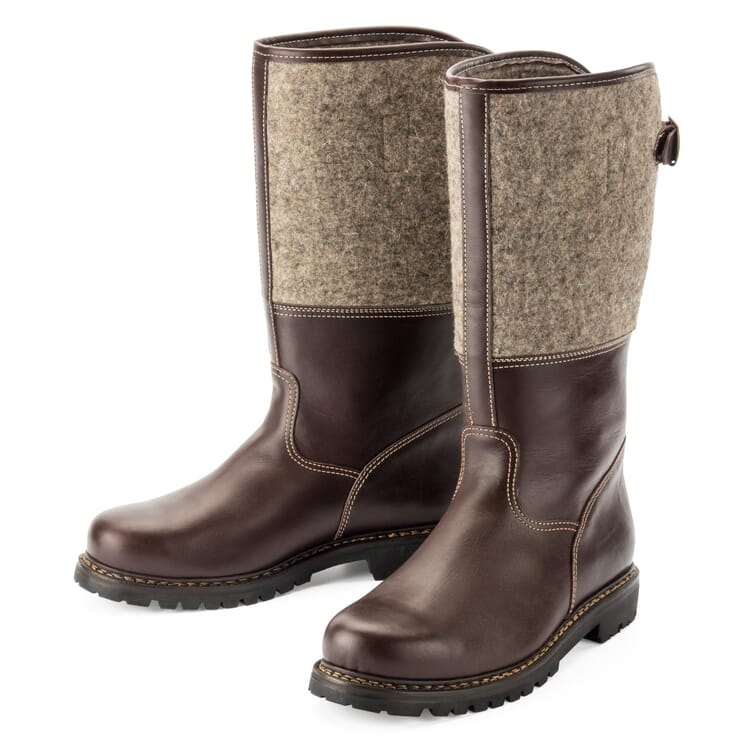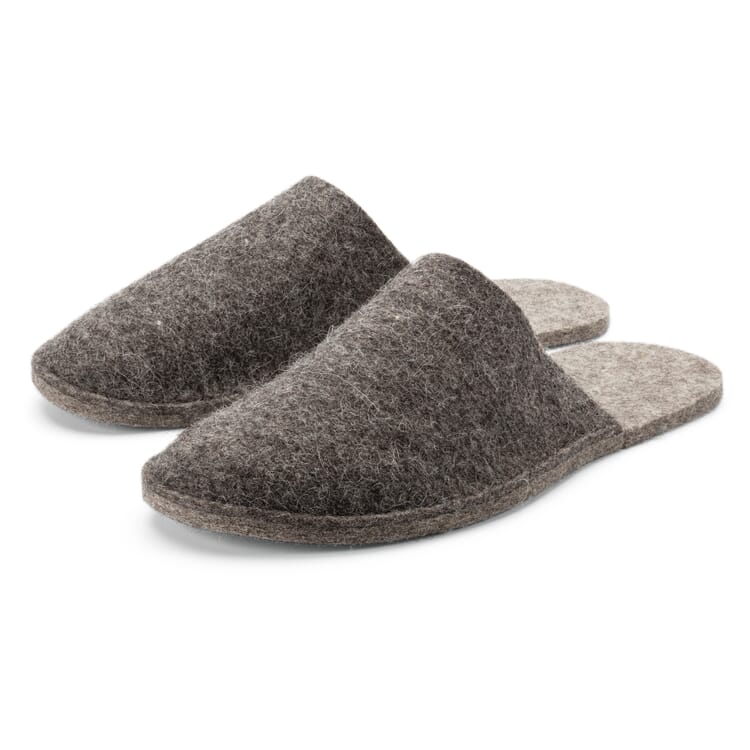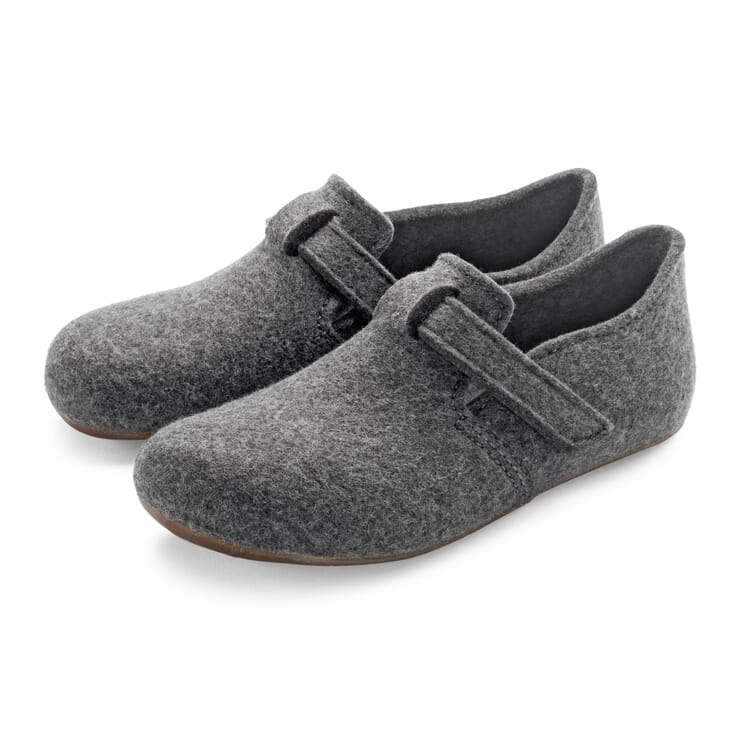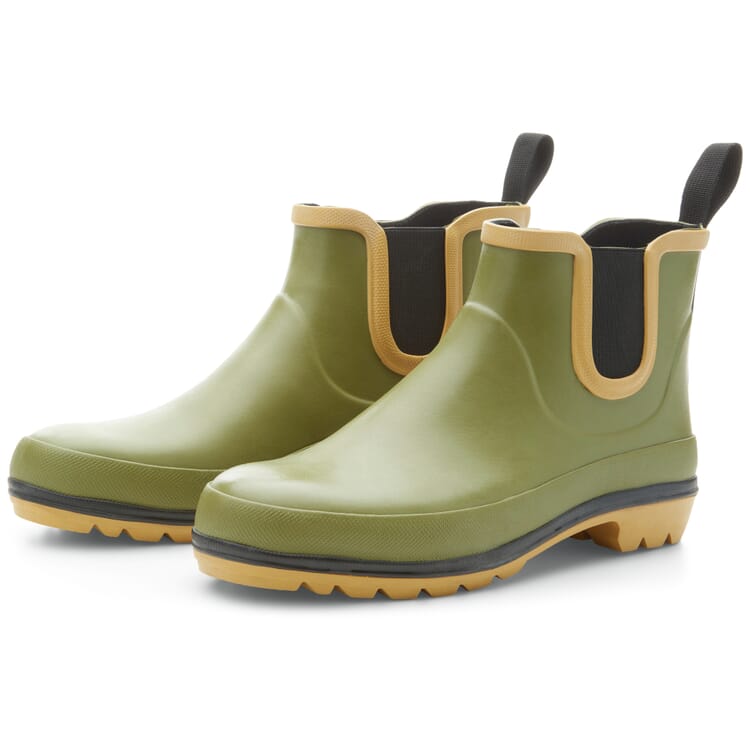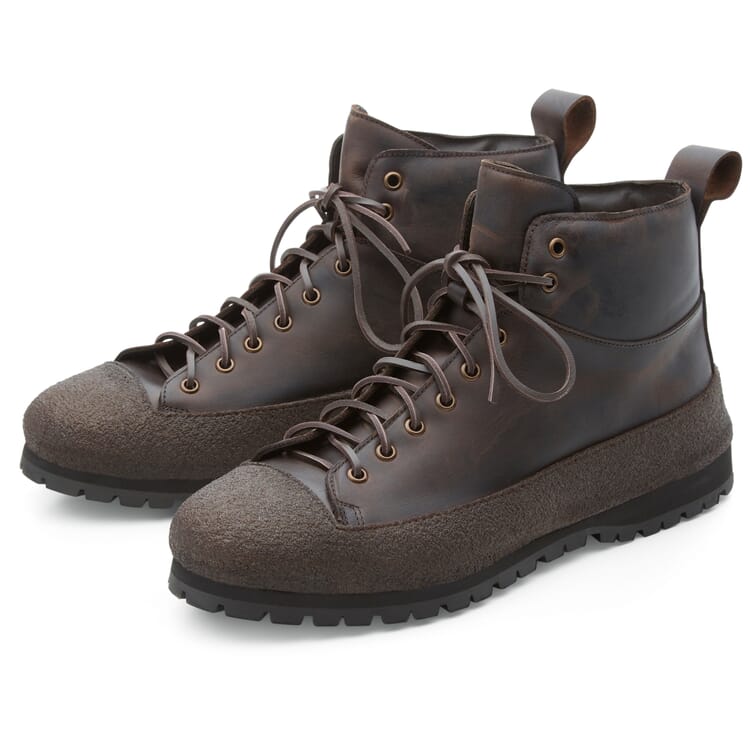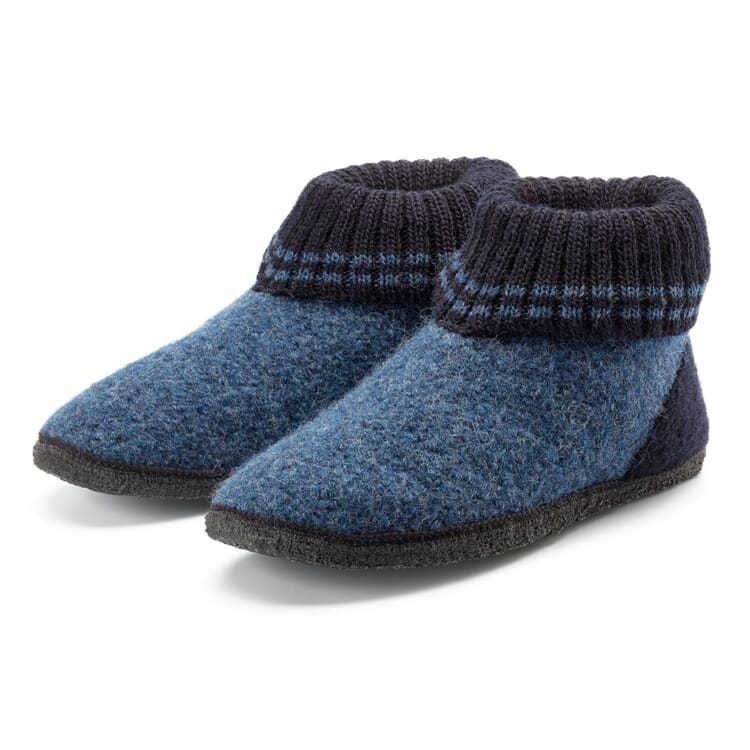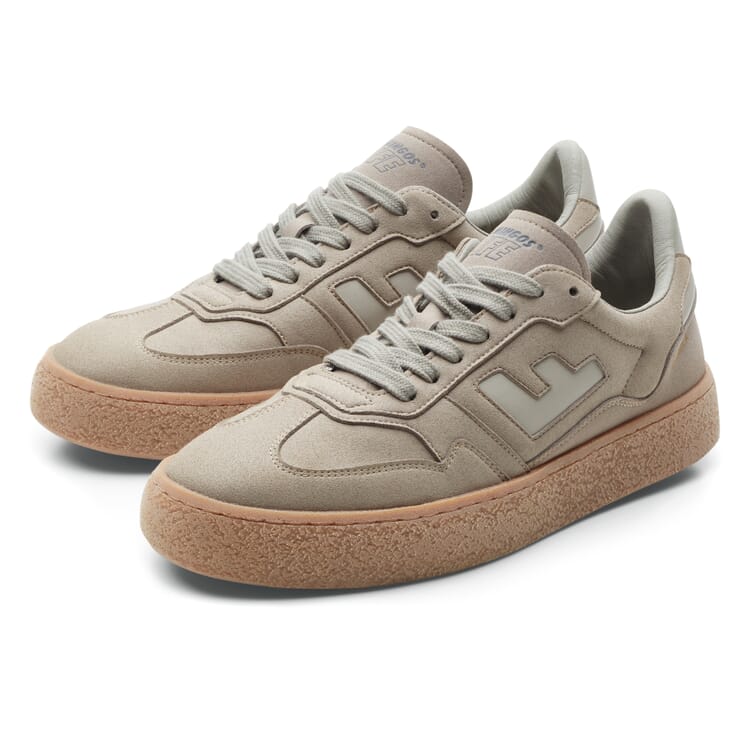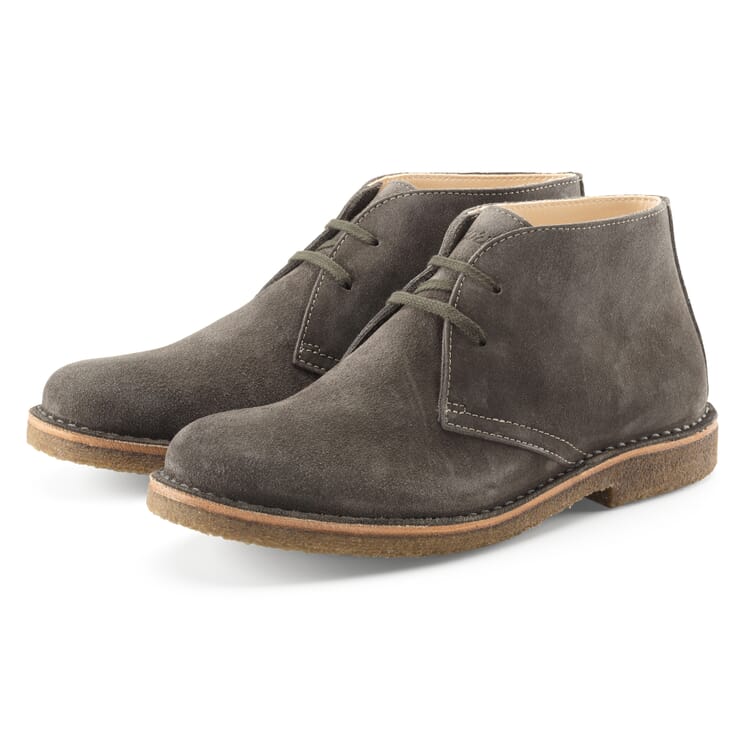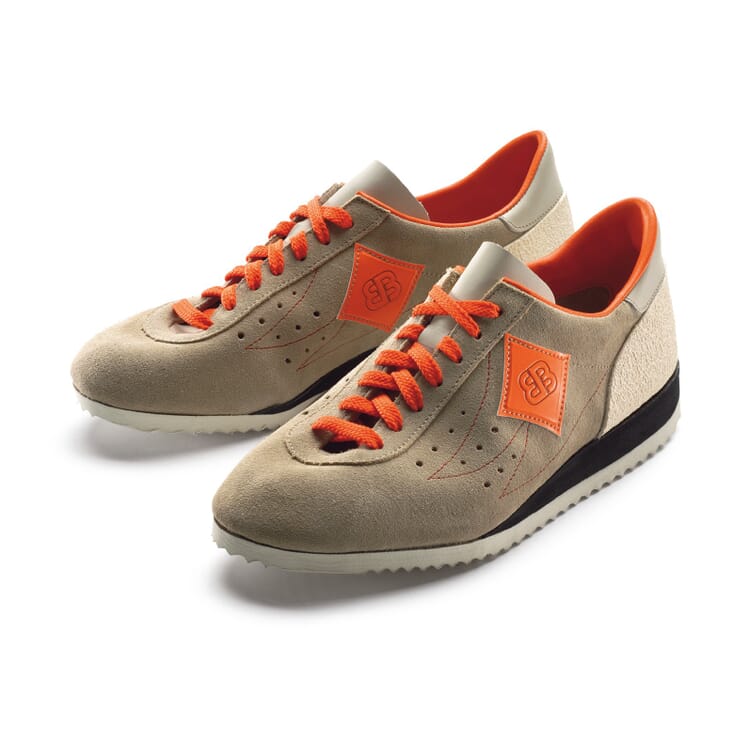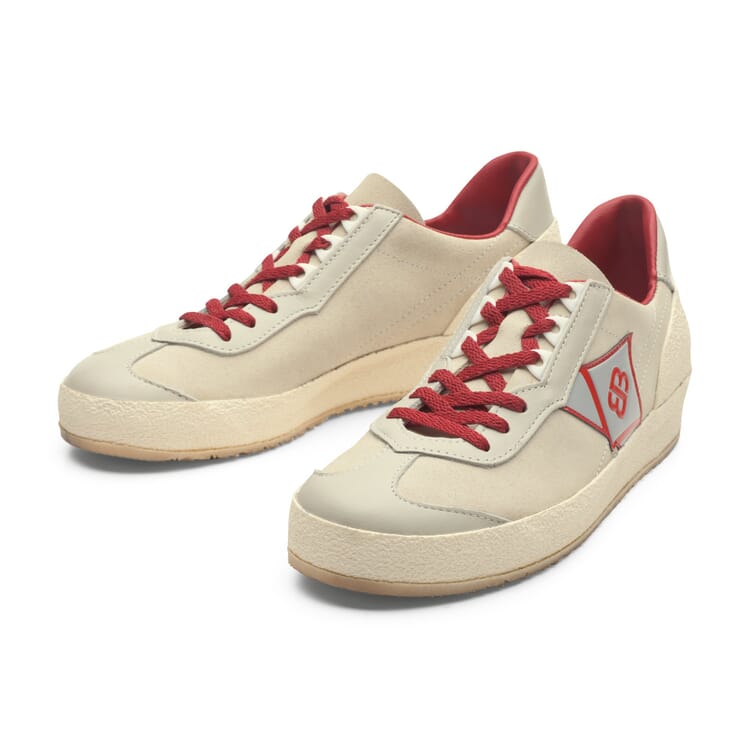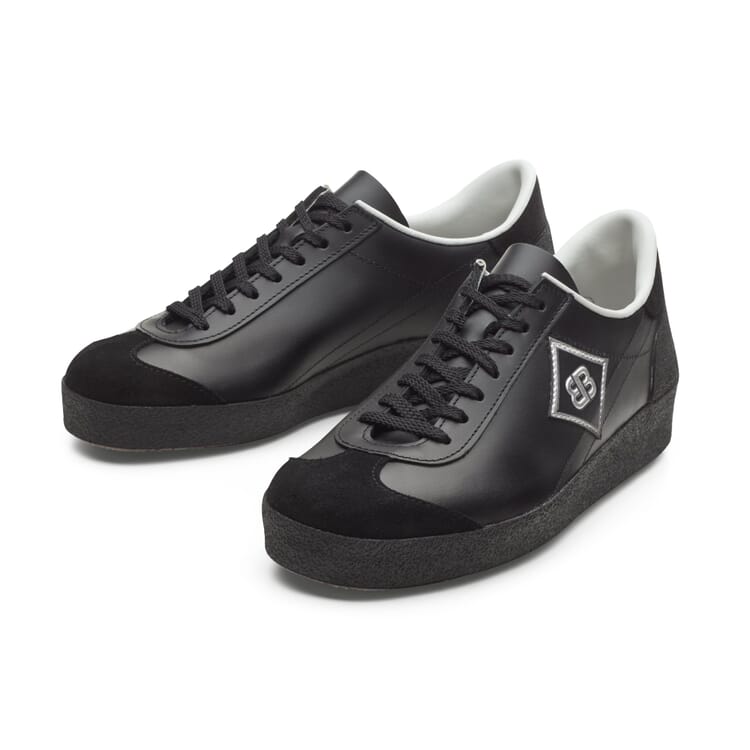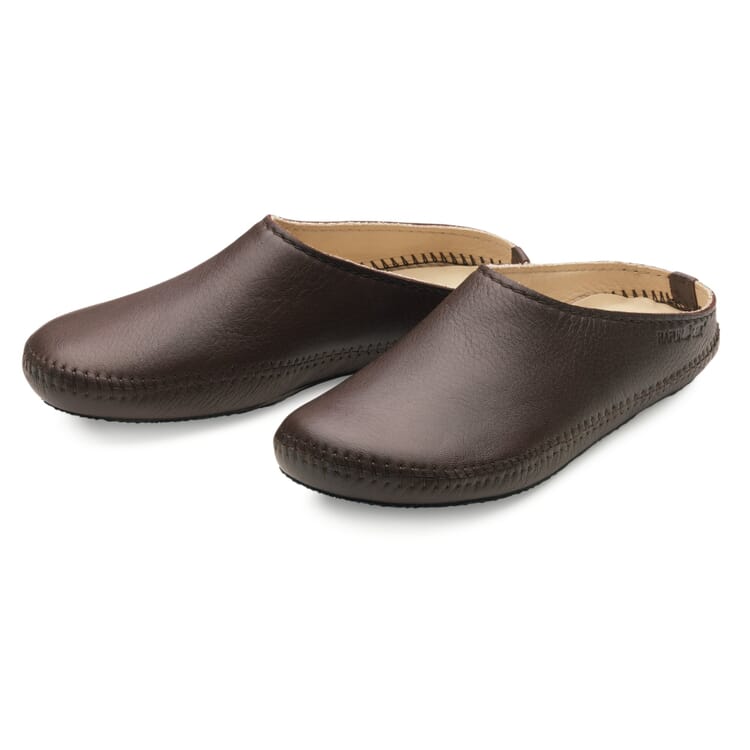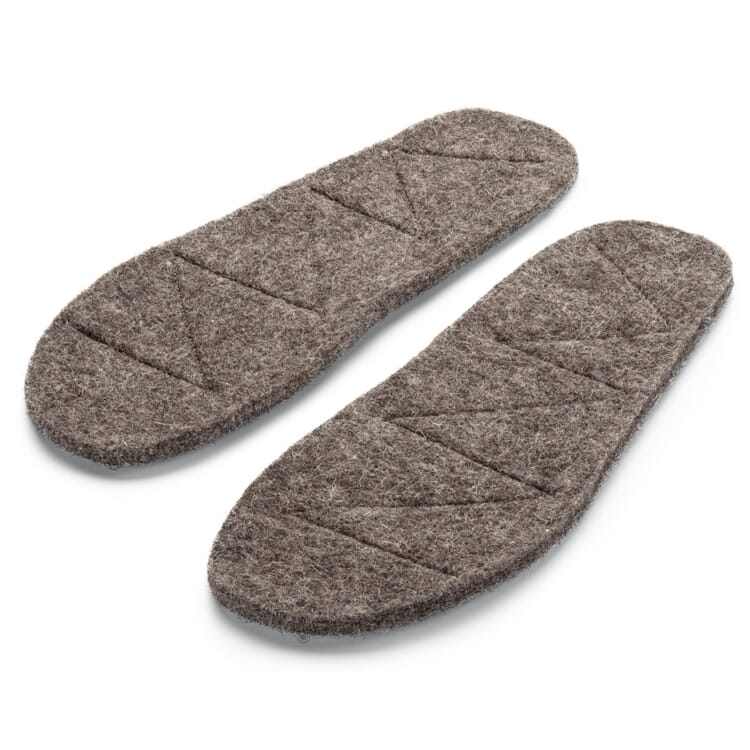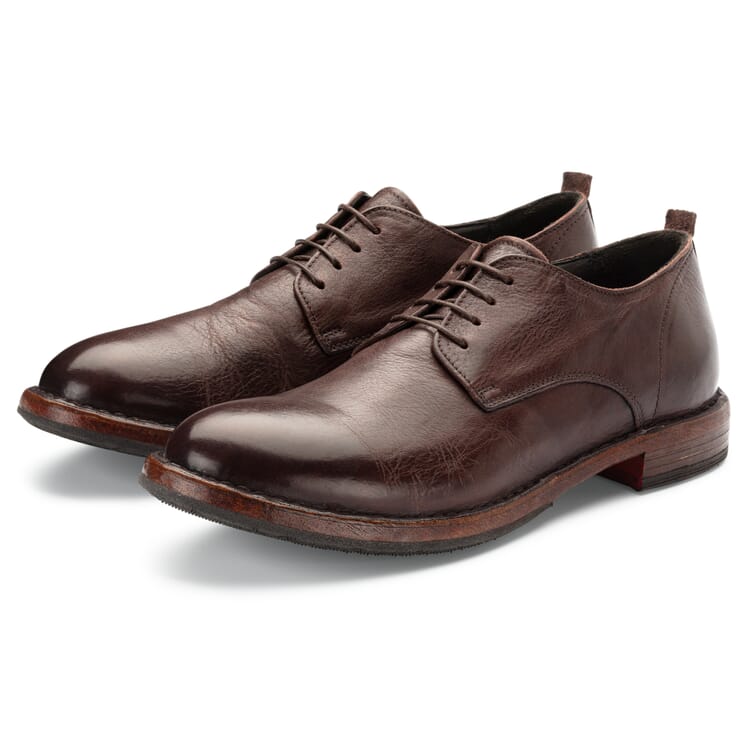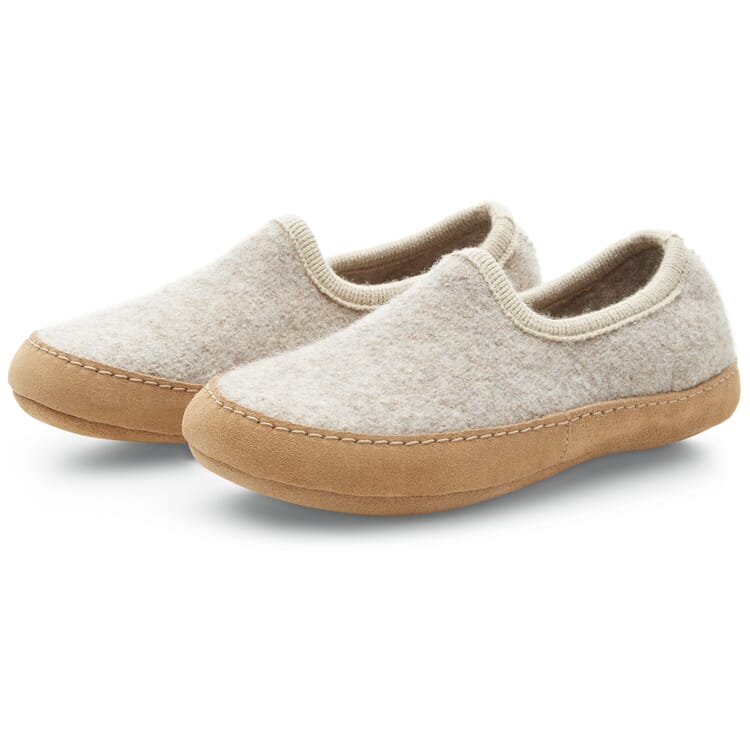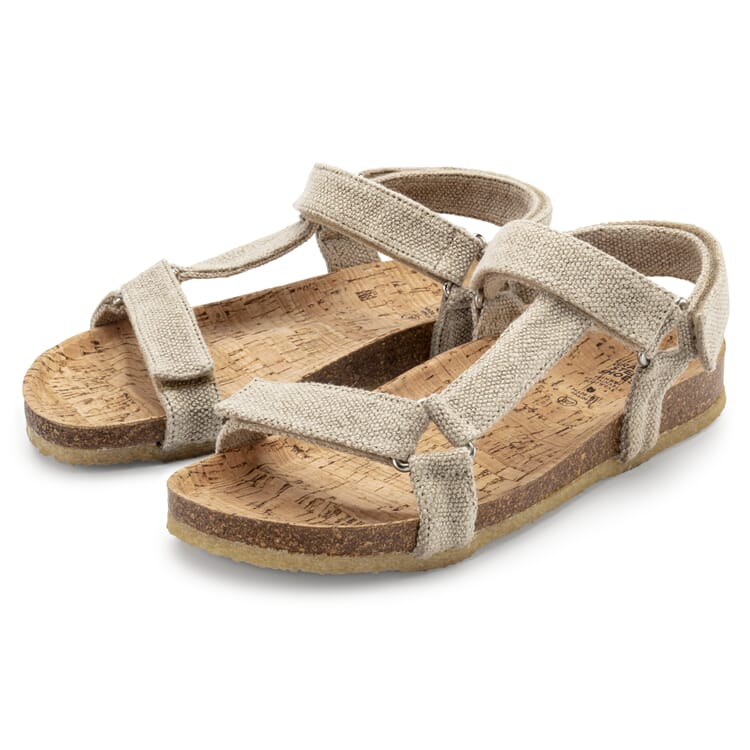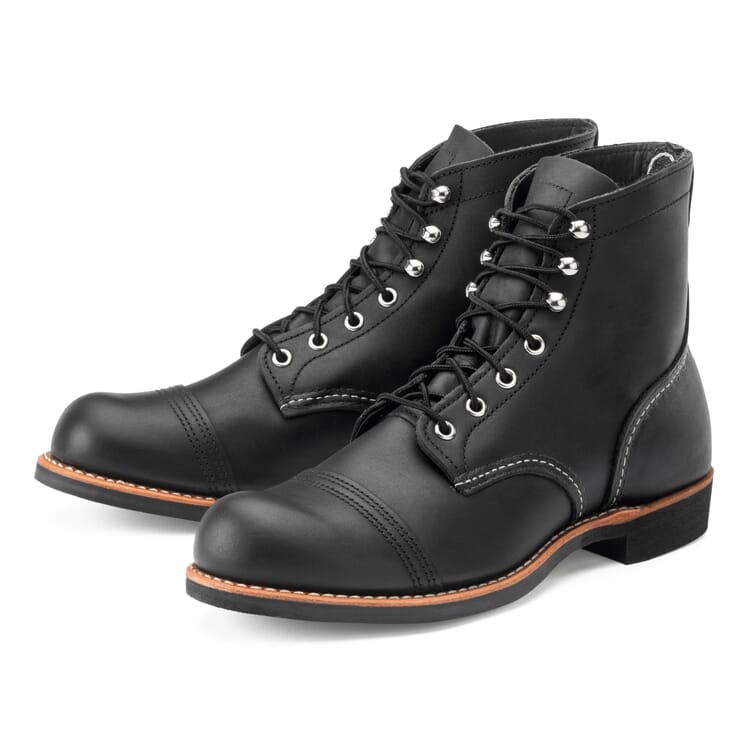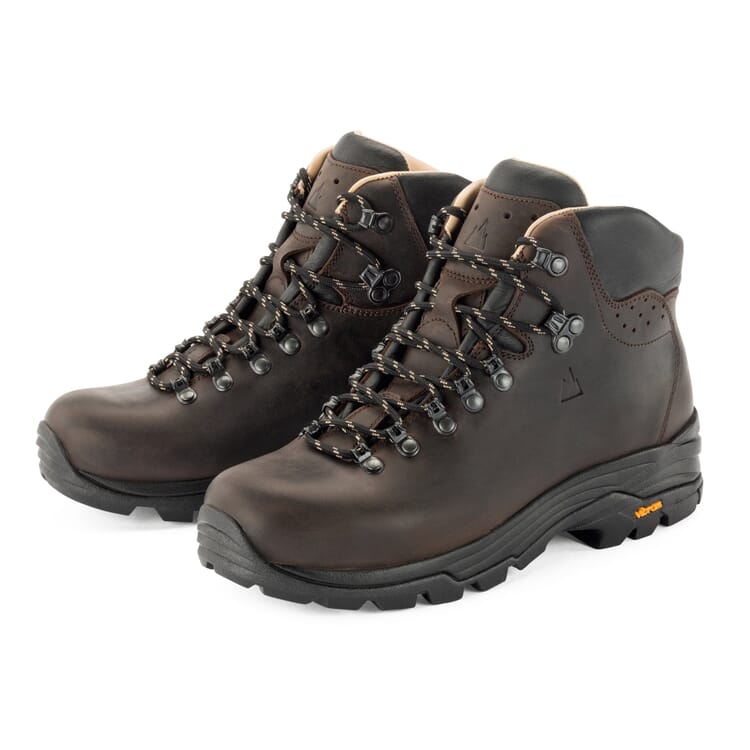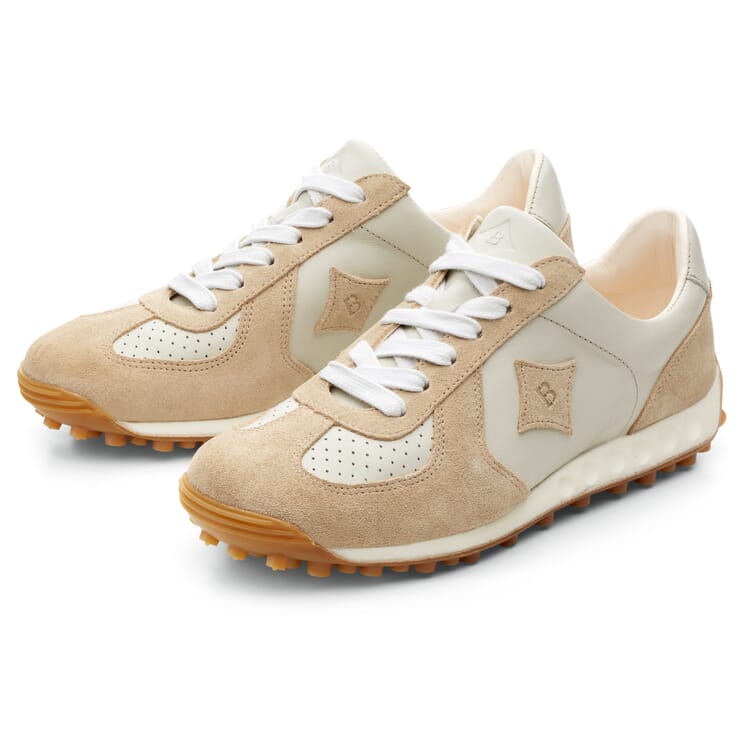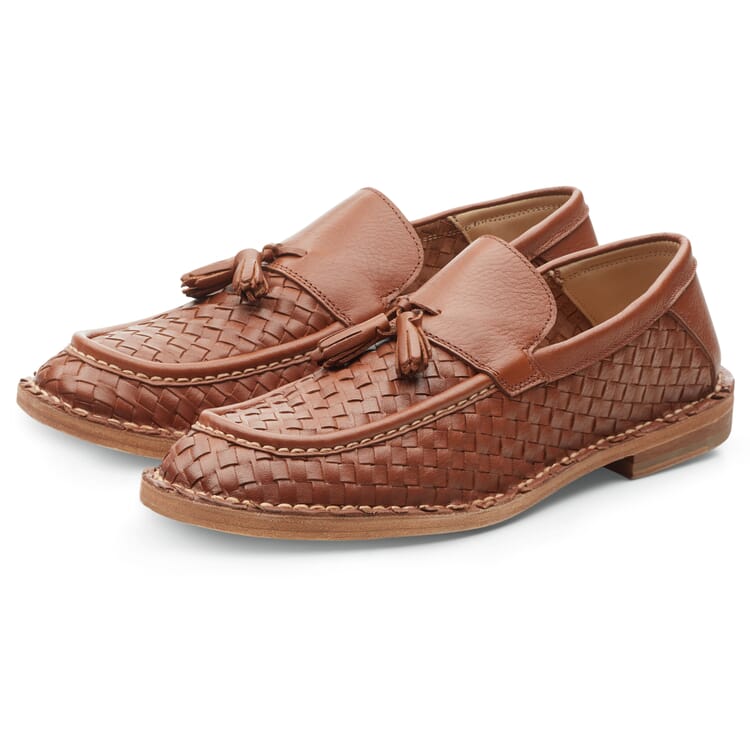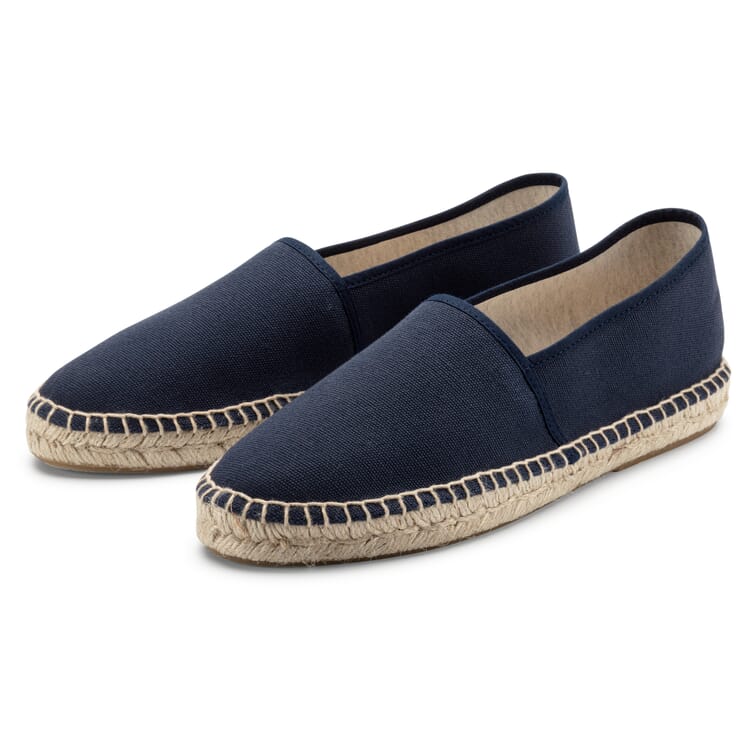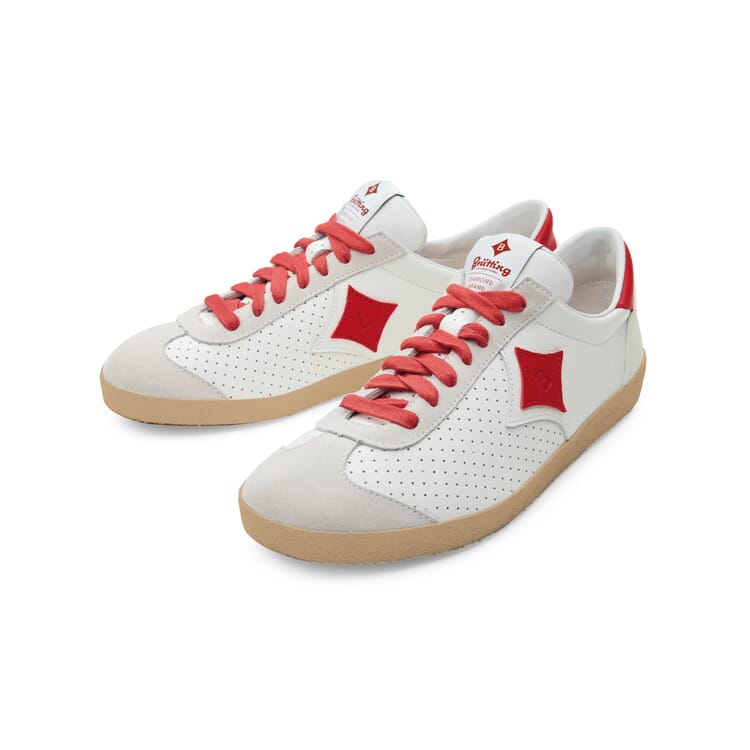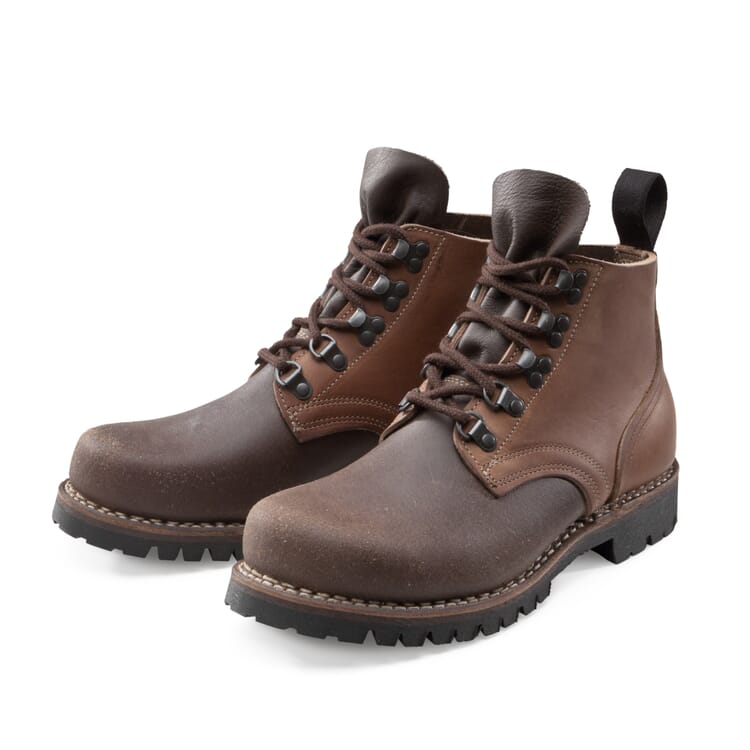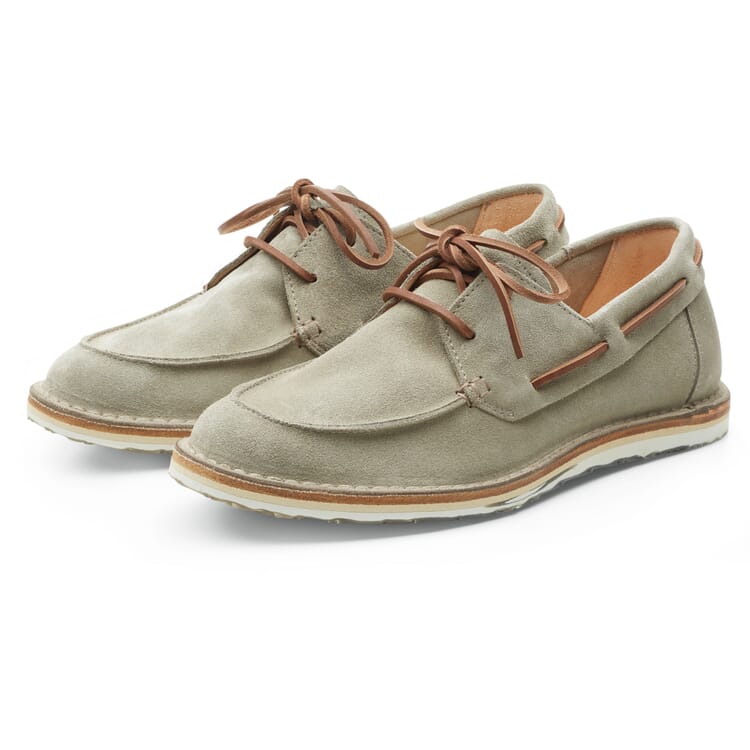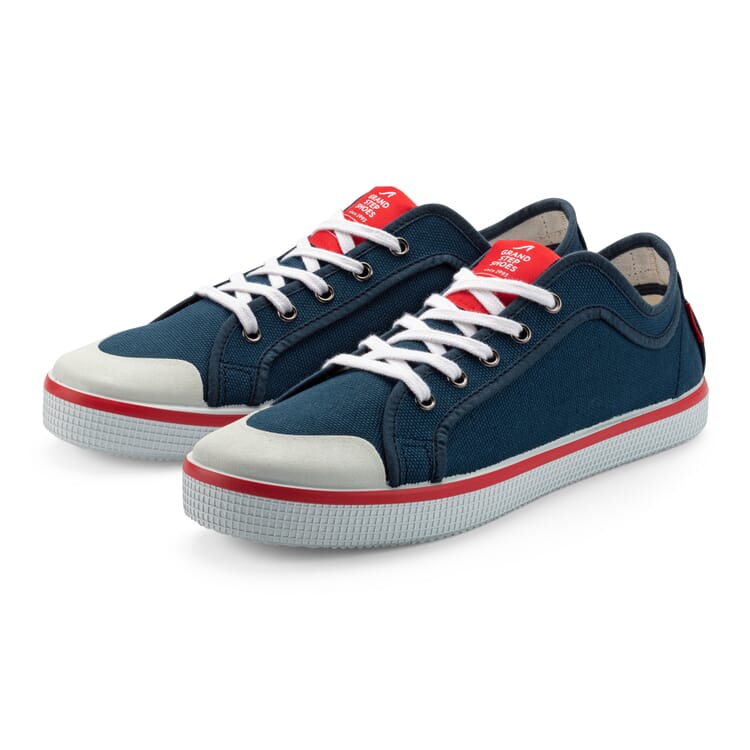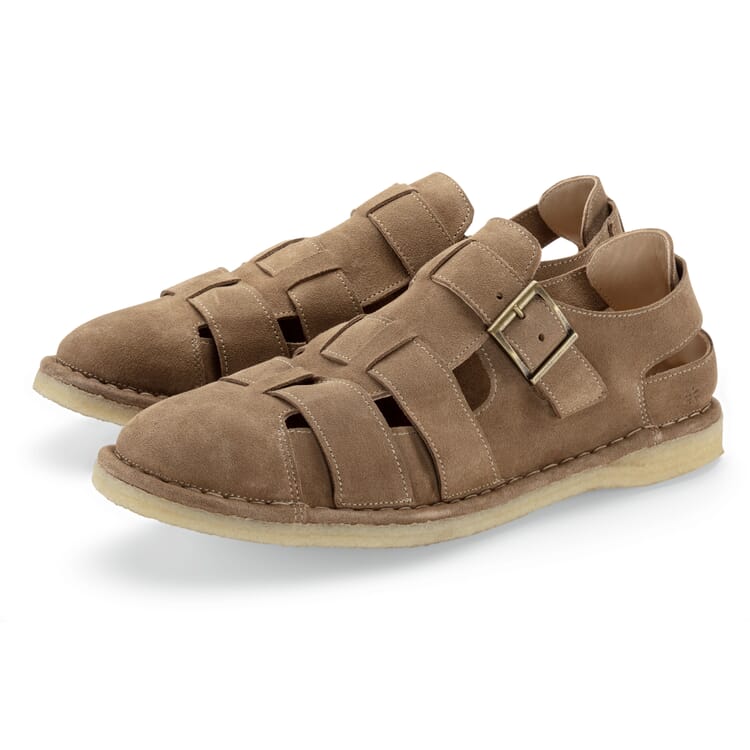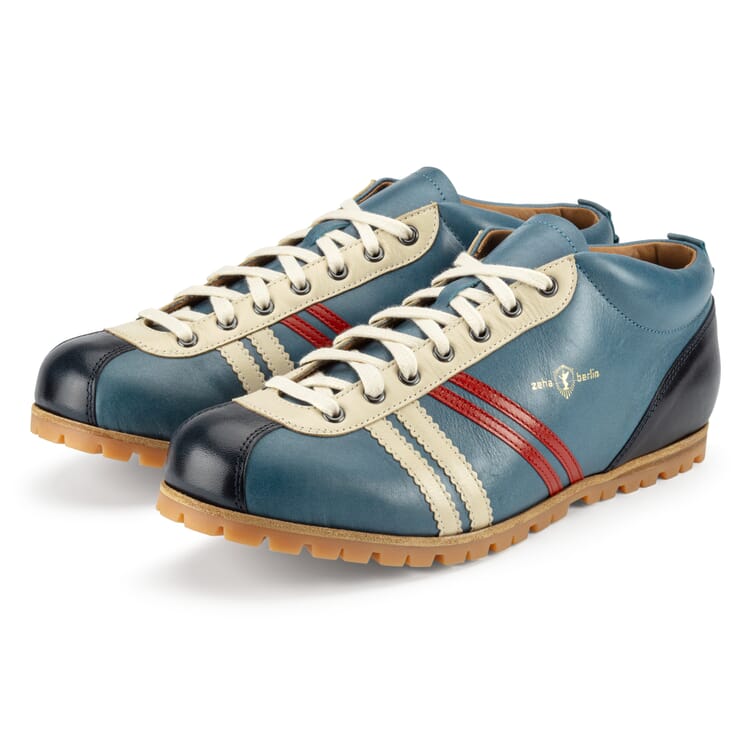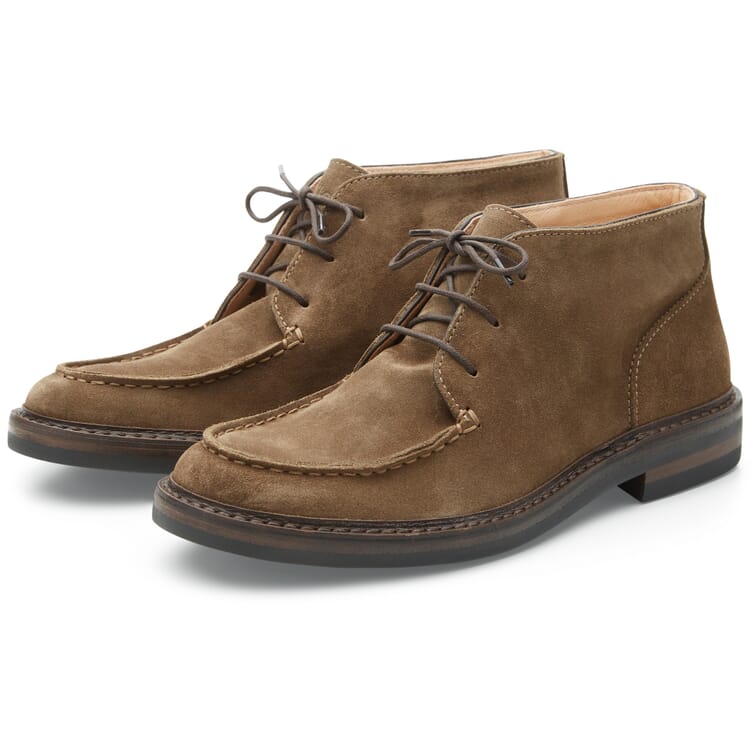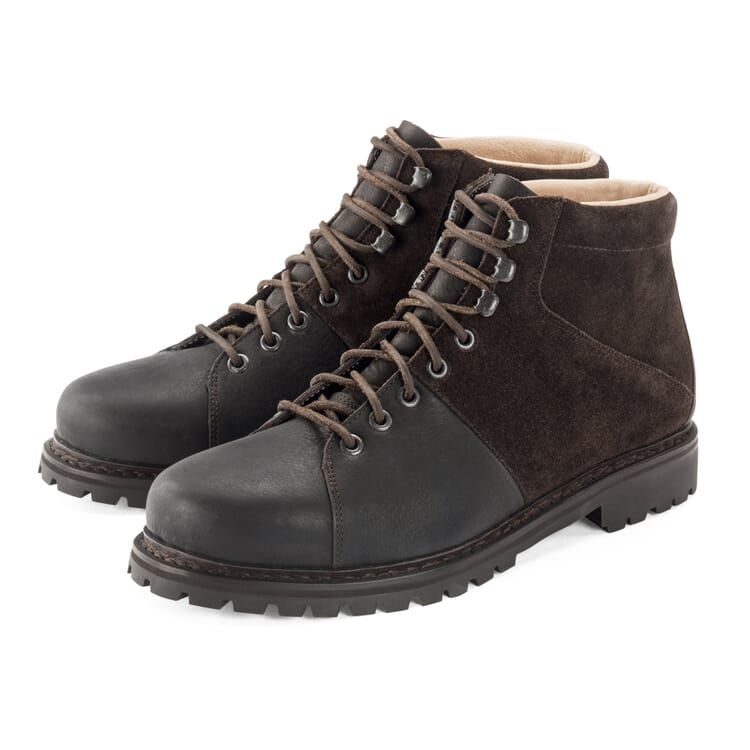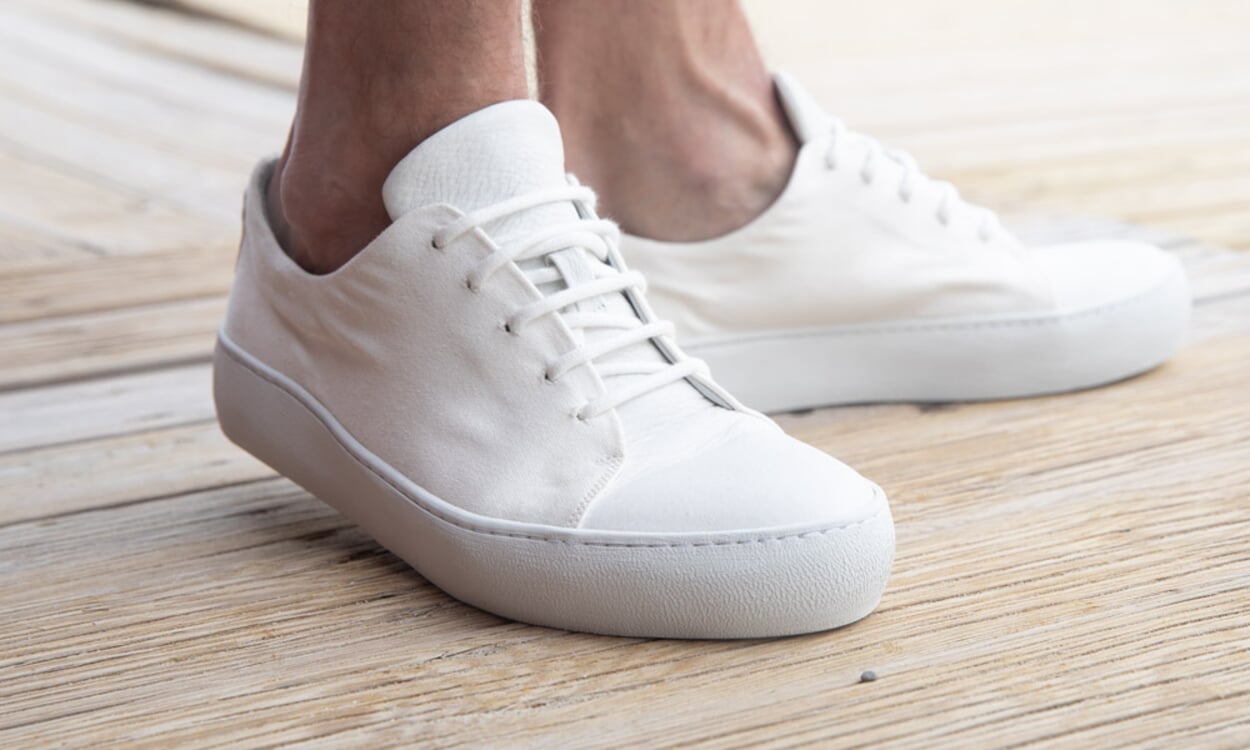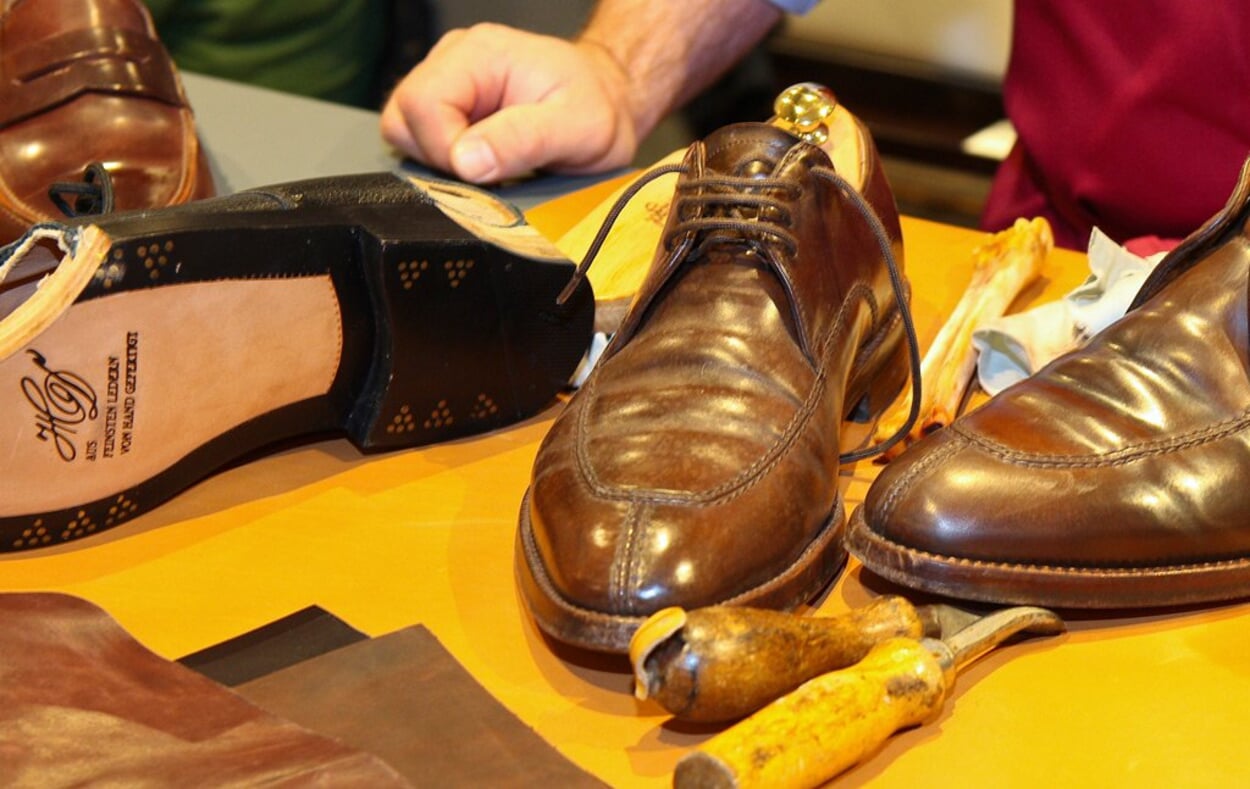Entire books could be written about men's shoes. In fact, entire books have been written about them! Helge Sternke's appropriately named 550-page tome "Alles über Herrenschuhe" (All You Need to Know About Men's Shoes), for example, covers ... Read More
IDEAS & ADVICE
Quality Men's Shoes. Comfort, Looks, Protection
Entire books could be written about men's shoes. In fact, entire books have been written about them! Helge Sternke's appropriately named 550-page tome "Alles über Herrenschuhe" (All You Need to Know About Men's Shoes), for example, covers every conceivable aspect of men's footwear: from foot health and shoe production in all its dimensions to the classification of different shoe styles, shoe purchasing tips and shoe care – a subject to which 100 pages alone are dedicated. An exhaustive albeit exhausting reference book. We cannot claim to be anywhere as encyclopaedic as Sternke, nevertheless, we endeavour to offer some useful tips and advice to help you purchase the right pair of shoes. As briefly and succinctly as possible.
So Where Does the Shoe Pinch?
Articles on (men's) shoes often start with an impressive statistic: For example, an average person circumnavigates the globe so-and-so many times in the course of their life – theoretically, of course. Some speak of two-and-a-half circumnavigations, others of four. But it doesn't matter who's right: both figures are impressive. And there is no doubt about the fact that comfortable footwear can help us enormously on this life journey. Which might make you think that buyers would attach utmost importance to finding shoes that are the perfect fit for their particular foot shape. But the fact of the matter is, this isn't the case.
In 2010, the German Shoe Institute (DSI) and the Federal Association of the German Shoe Industry (HDS) published a study, the German Foot Report, which caused something of a sensation not only in the shoe industry. For decades, the shoe industry had relied on measurement data collected in East Germany (GDR) in the 1960s which for decades was never updated. But now 10,400 new pairs of feet have been measured and on the basis of this data generally valid conclusions drawn. The study revealed that 80% of Germans wear shoes that don't fit them properly. In the case of men's shoes, an astonishing 87% have been wrongly chosen. So what we want to know is: What are people doing wrong?
If the Shoe Doesn’t Fit, Wear It?
Wearing a pair of shoes that are a size too small can be a truly painful experience:
- Shoes that are too small cramp feet and squeeze toes.
- Possible consequences of this are circulation problems in the legs and feet deformities, which in turn can lead to joint damage and osteoarthritis, swelling, inflammation and cartilage injuries.
- But shoes suffer too if they are the wrong fit. The supple leather used in high-quality men's shoes is pushed over the sole in the toe and heel area if the shoes are too short. If they are too narrow, the leather is exorbitantly strained over the ball of the food.
But wearing shoes a size too big can be equally harmful:
- If shoes are too wide, feet slide forward with each step and toes get squashed. If there is too much room at the heel, the shoe can slip off.
- Shoes that are too long, however, make it difficult for the foot to roll forward properly. Change in step and excessive pressure on the joints may be the result, and this, in turn, can lead to knee and hip problems, but also headaches. In extreme cases, the forefoot can even become stiff.
The Perfect Fit: Never Choose Style over Comfort.
To ensure you get maximum (or indeed any) pleasure out of your shoes, it is important that your shoe is the right fit. But remember, shoe fit is not the same as shoe size. The shoe fit is dependent on the width of the shoe, the shape of the last, which is determined among other things by the height of the instep, the shoe style and type and finally the heel lift – in other words, the shape of the sole, which determines the distance of the toes and heel to the ground. With so many factors to consider, it's not surprising that finding the right shoes – whether children's, women's and men's – is such a challenge.
What factors to consider when buying men's shoes
- Shoes should be comfortable when you are sitting, standing and walking. Finding out if this is the case is not as easy as it sounds because feet can grow up to two centimetres in length when we walk and expand in volume over the day. This is why, ideally, shoes should be ten (some say up to 25) millimetres longer than the foot in its resting position. This "allowance", or extra room, ensures toes do not graze the front of the shoe or get squashed when the foot rolls forward.
- While shoes should provide enough room for toes and toe joints to move freely – to prevent malformations of the feet but also to preserve the muscles in this area and ensure safe walking –, they should also support the middle of the foot, although not constrict it. A snug fit in this area gives the foot stability and stops shoes from slipping. Traditional men's shoes made of leather fulfil this task better than softer leisure shoes. But with some extra afford, even leisure shoes can provide stability.
- The shoe should also fit well at the heel and instep to stop the foot from sliding forwards. Heel caps on both sides can prevent sprains and thus protect the ligaments.
- It is not uncommon for people to have different sized feet. But buying two different pairs of shoes and wearing only one shoe from each pair is usually not an option. Purchase shoes to fit the larger foot. Insoles can help balance out differences in length with the smaller foot.
- Generally speaking, shoes should protect feet, but not restrict them in their movement. This means the sole has to be sufficiently flexible. Welted men's shoes are by design slightly less supple than other shoe types, but they make up for this by avoiding stiff adhesive constructions and using high-quality materials.
- It's best to shop for shoes intended for all-day wear in the afternoon. If you buy them too early in the day, they might become too tight by the evening. If you buy them too late in the day, they may be too big in the morning.
Finding the best shoe fit is a complex task. And not one that can be solved once and for all – or, at least, not if you don't want to buy the same model every time. Each new pair of shoes has to be tested for size and fit. Although shoe sizes provide orientation, "once a size 43" does not necessarily mean "always a size 43". Sizes are not standardised and – let's be honest every shoe manufacturer has his own size indication. The only way to find out if new shoes fit is to try them on. If shoes feel comfortable the moment you put them on, this is a sign that you and the shoes will make a good team. It's not generally wrong to think you can "break in" a new pair of shoes because quality men's shoes do adapt to a certain degree to the wearer. But if shoes pinch and feel tight from the very start, it's probably best to bury any hopes of a happy future together.



